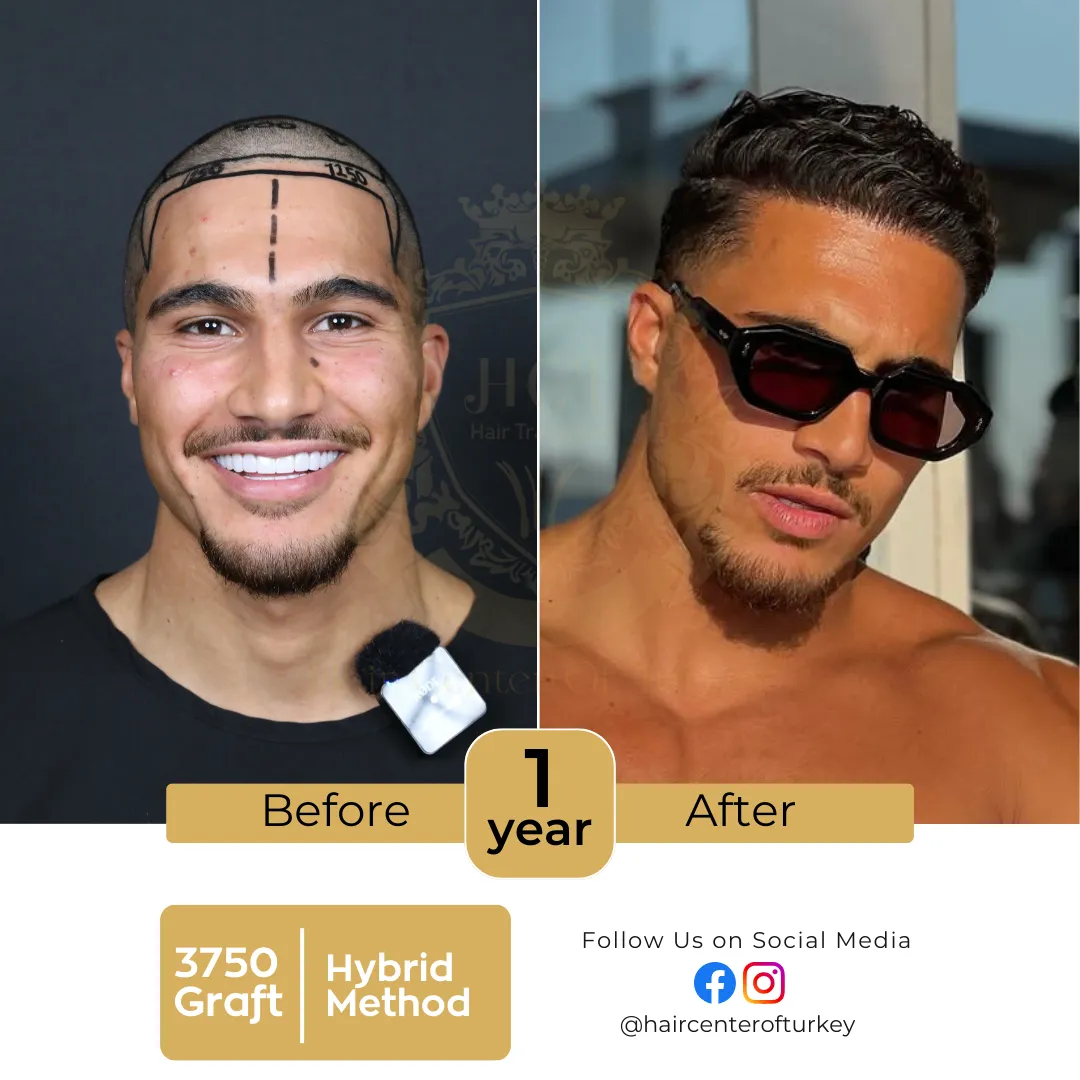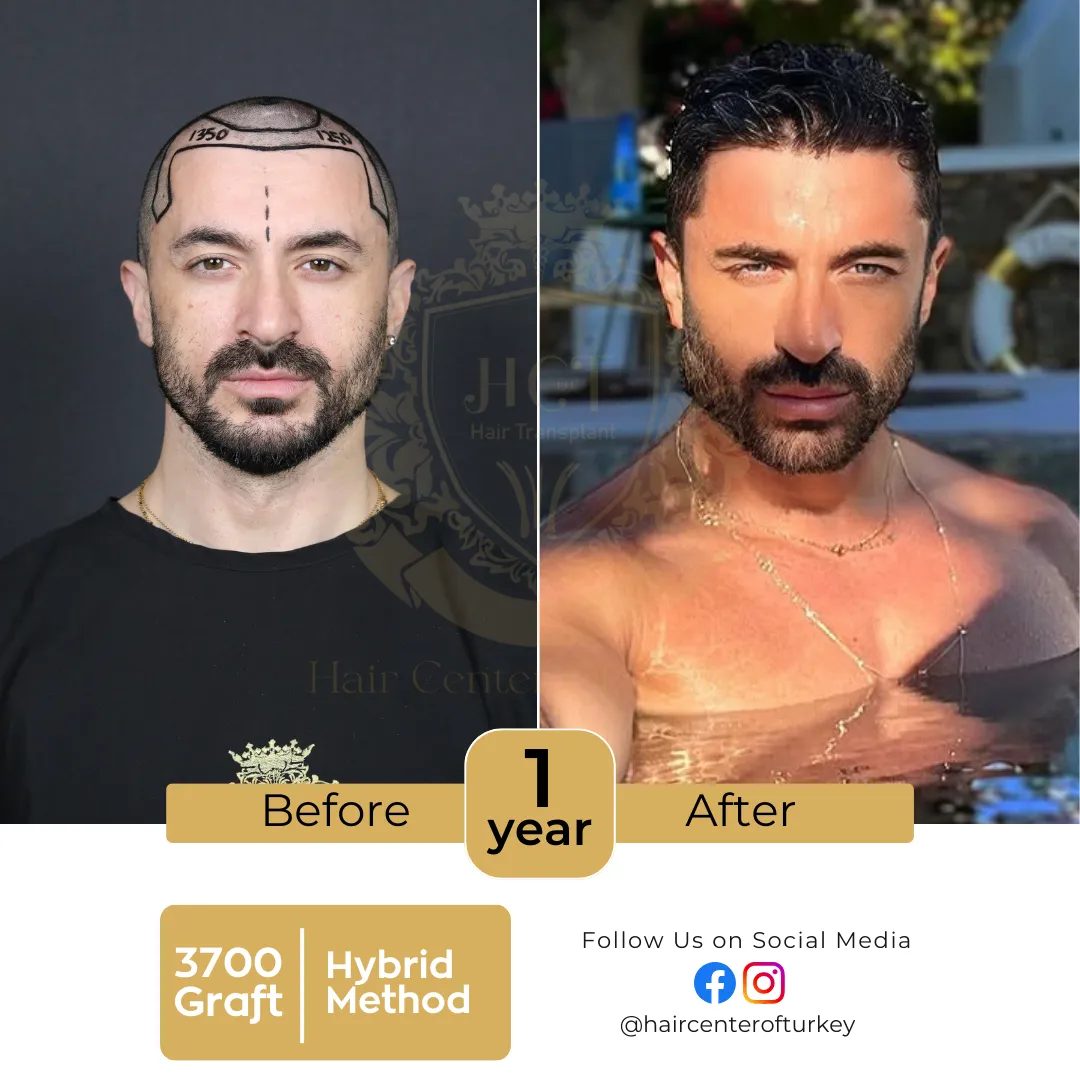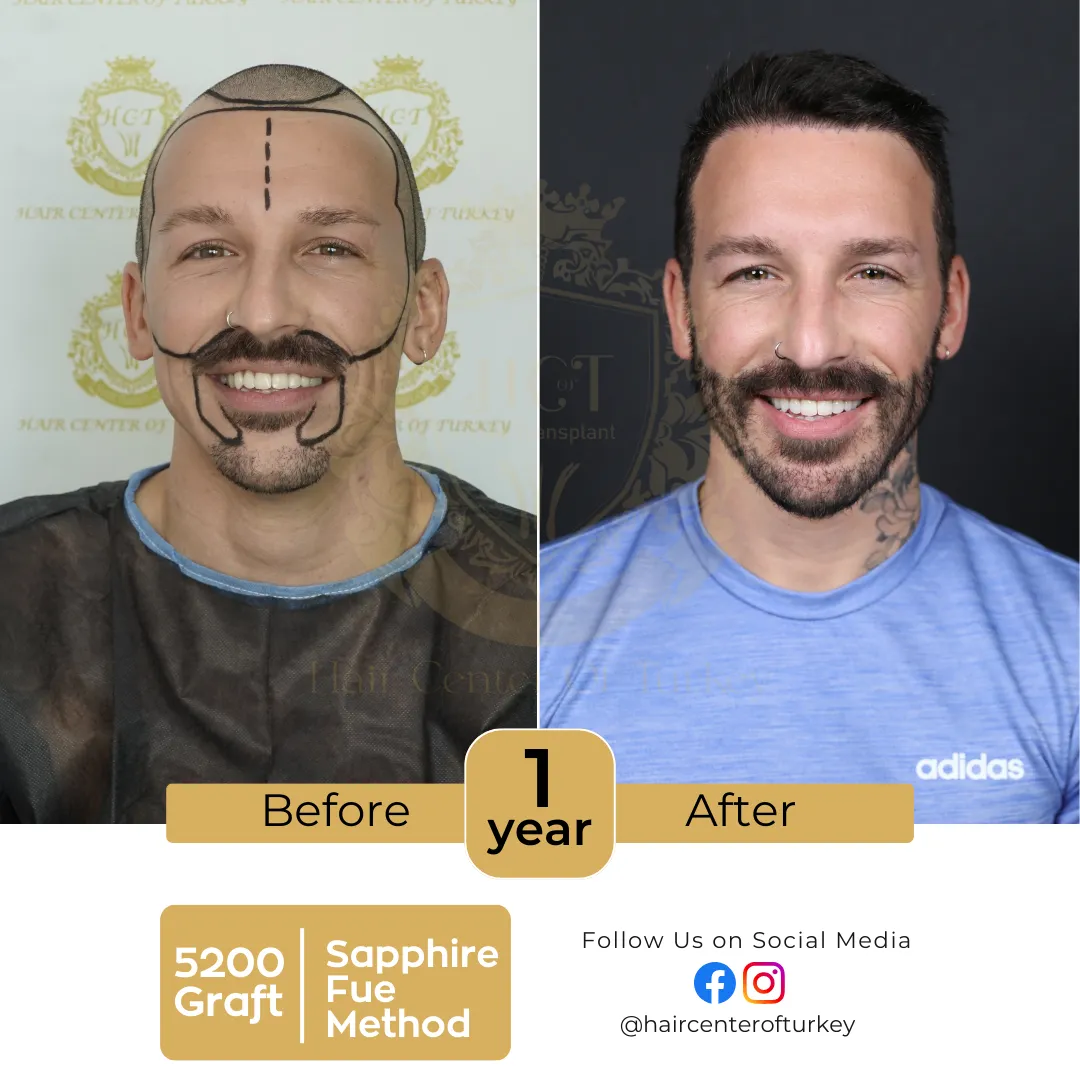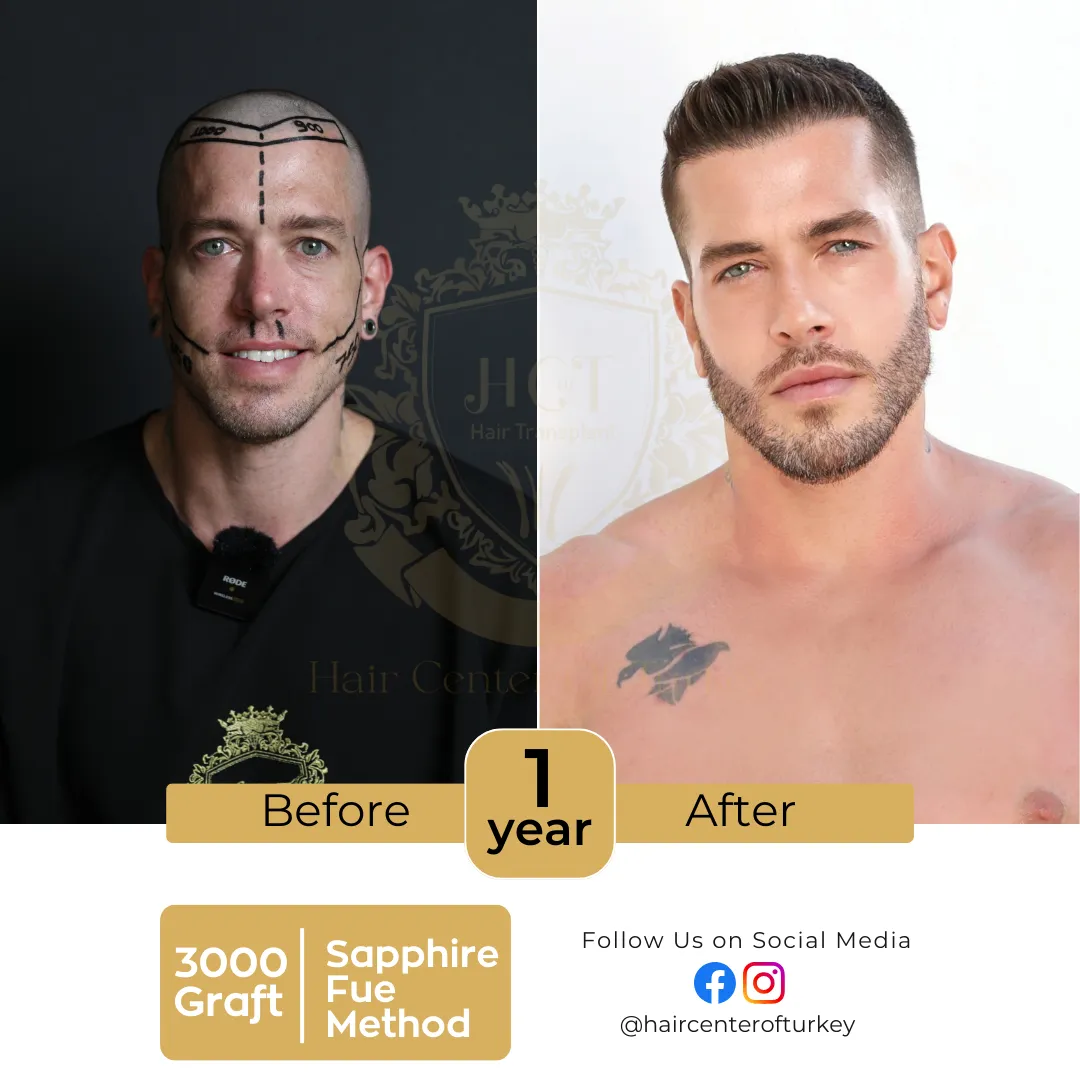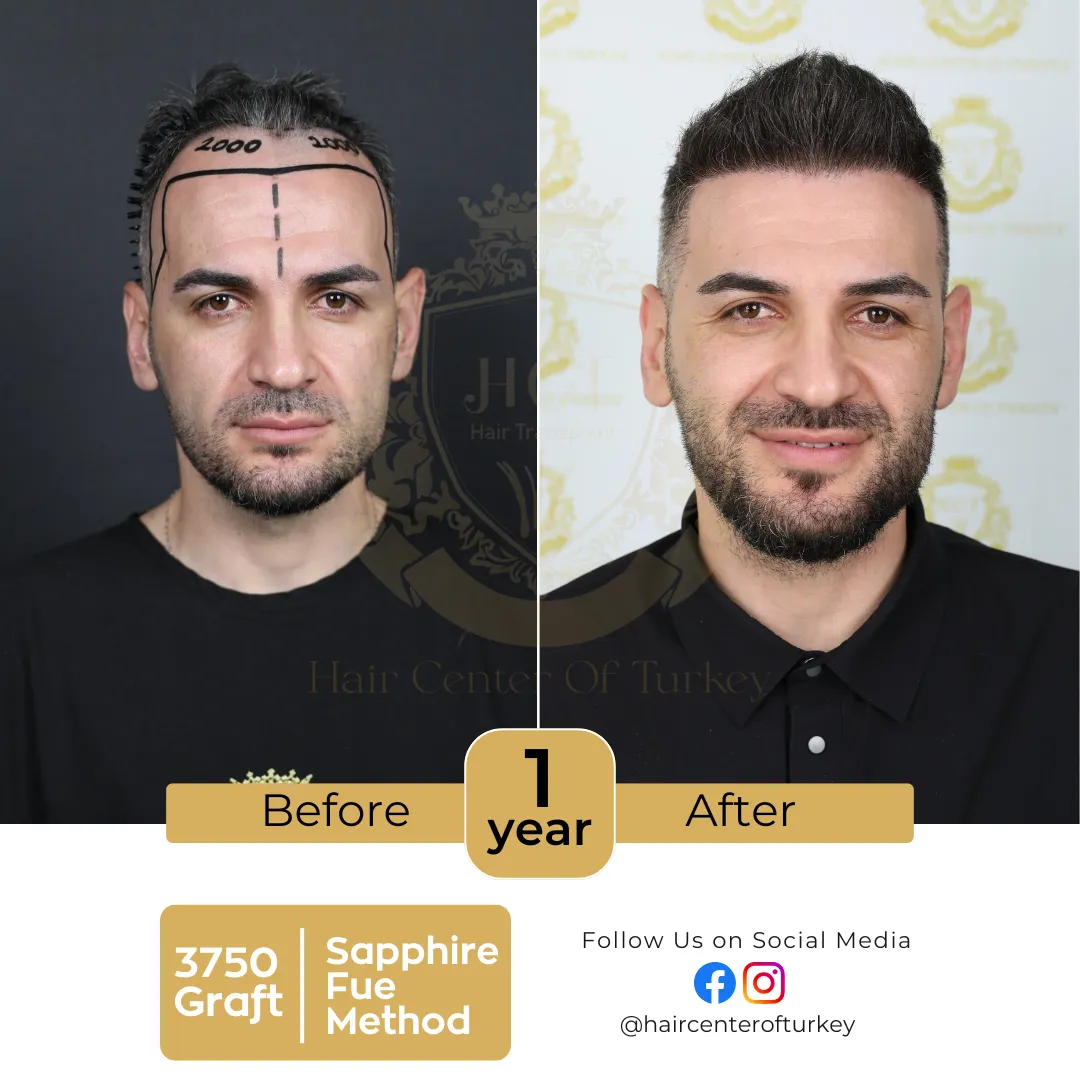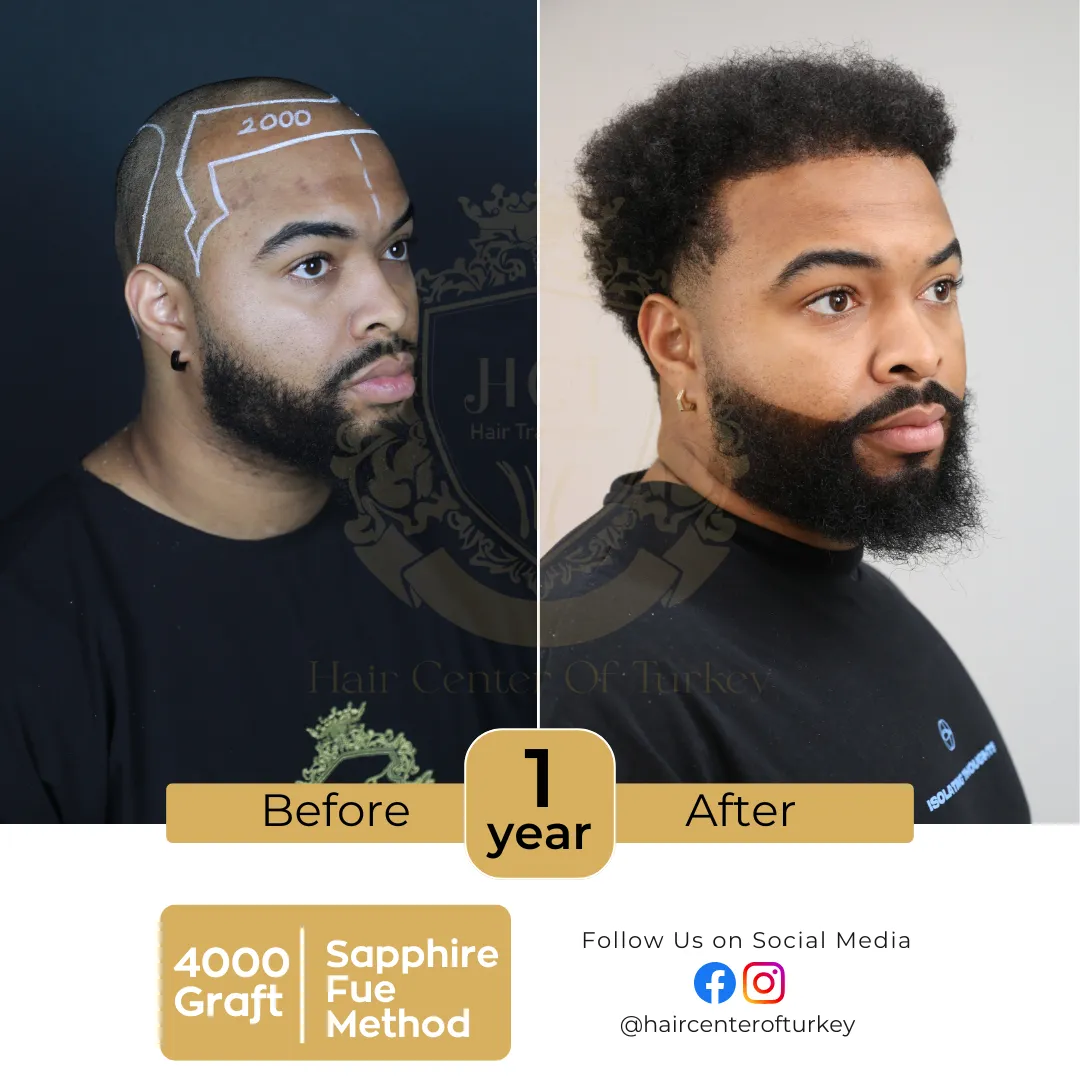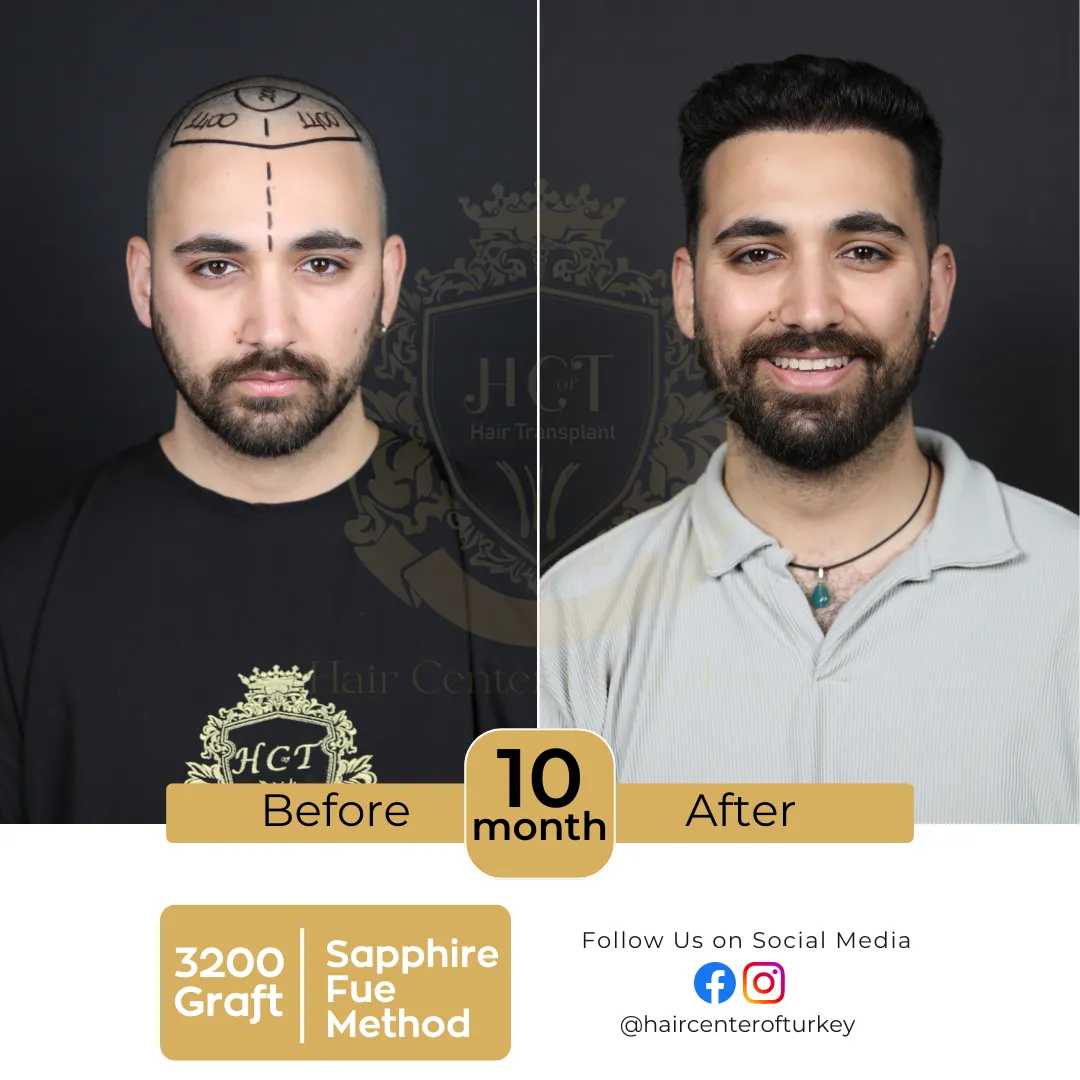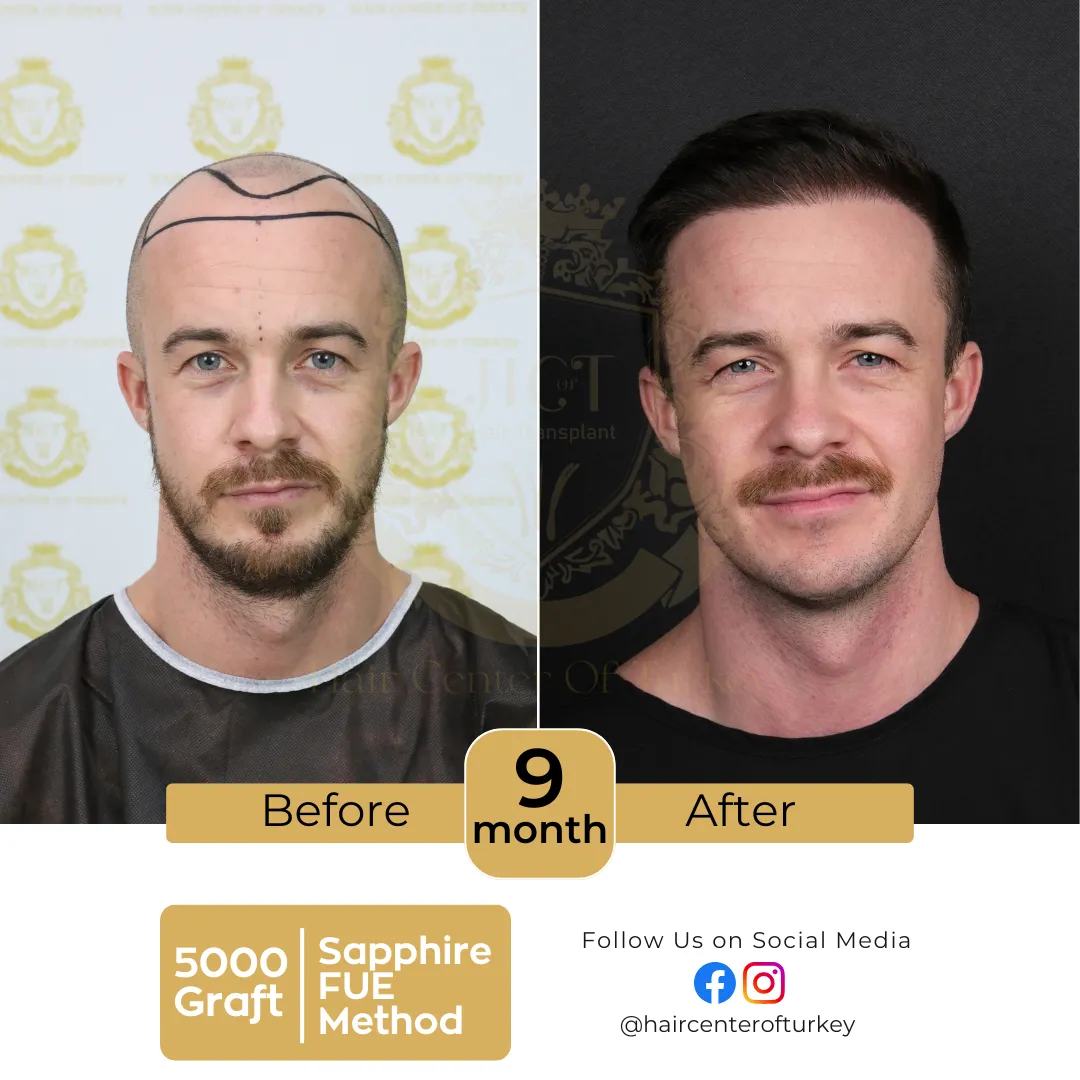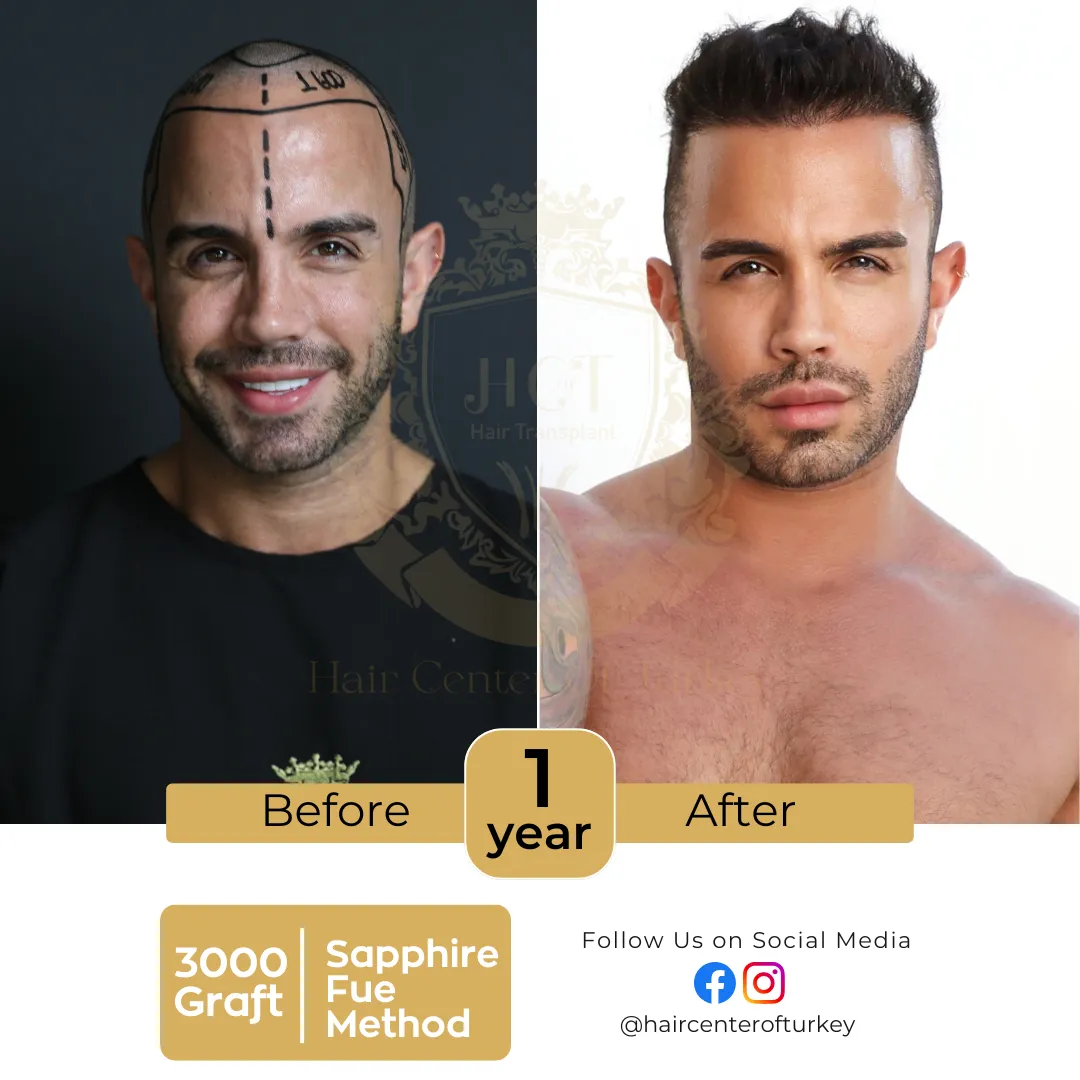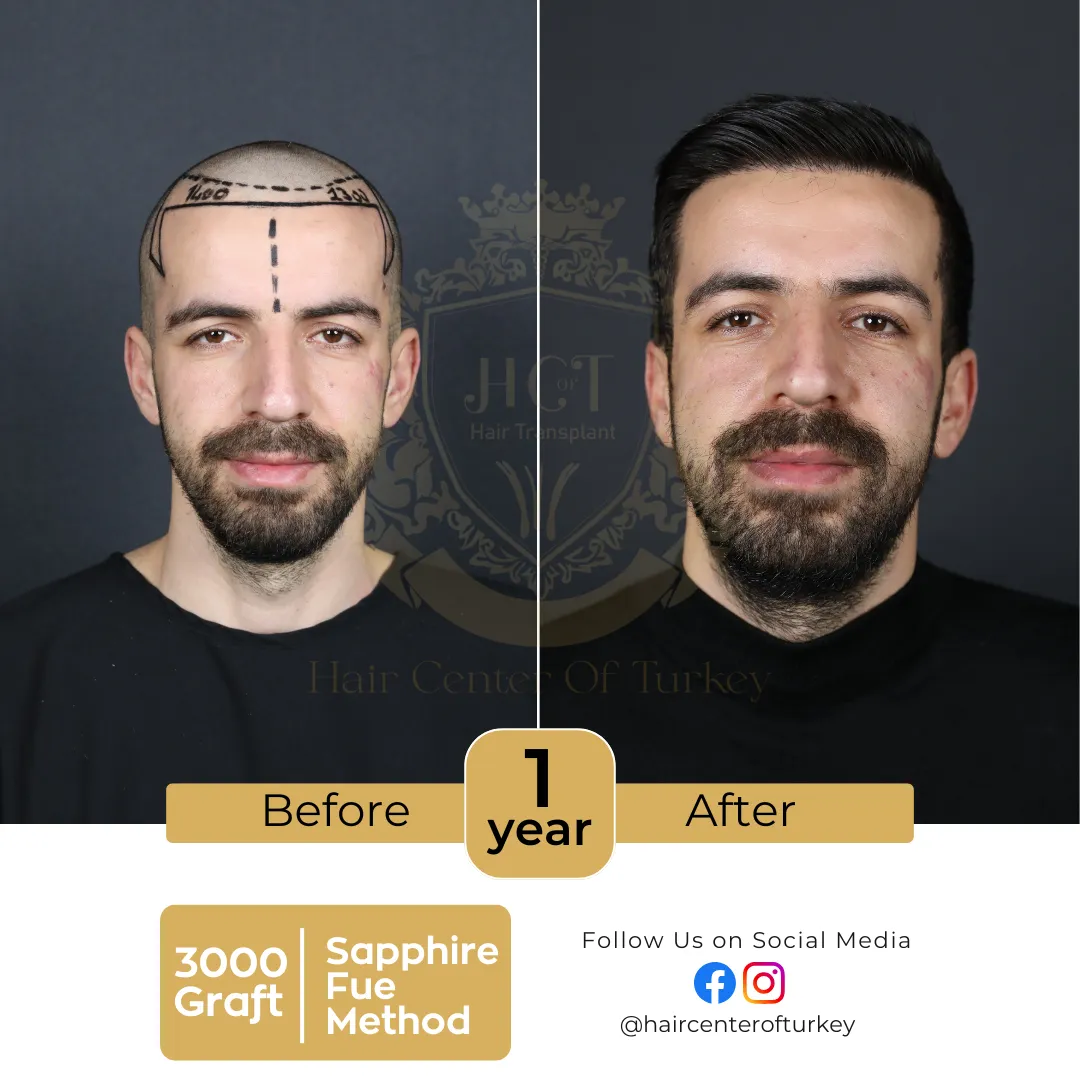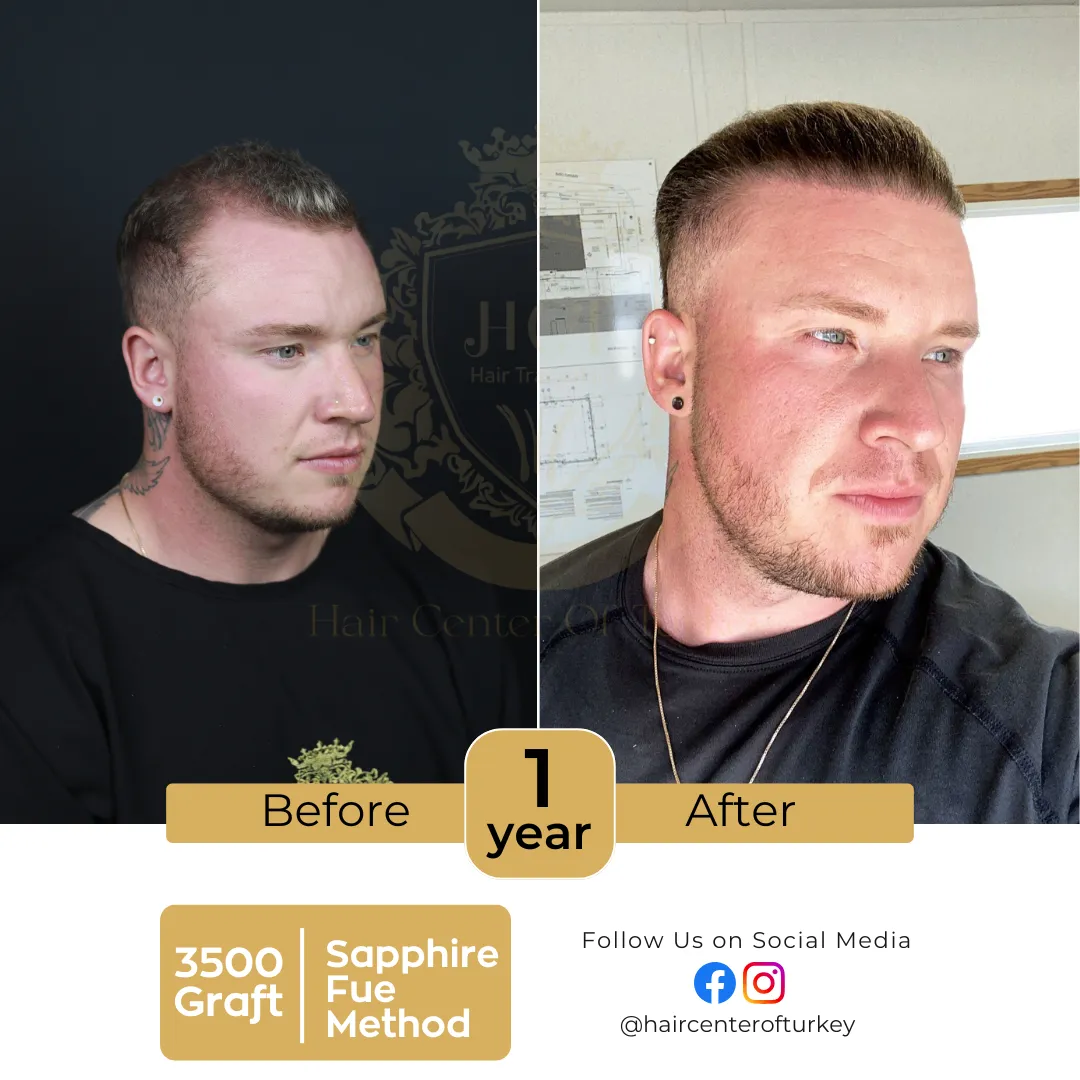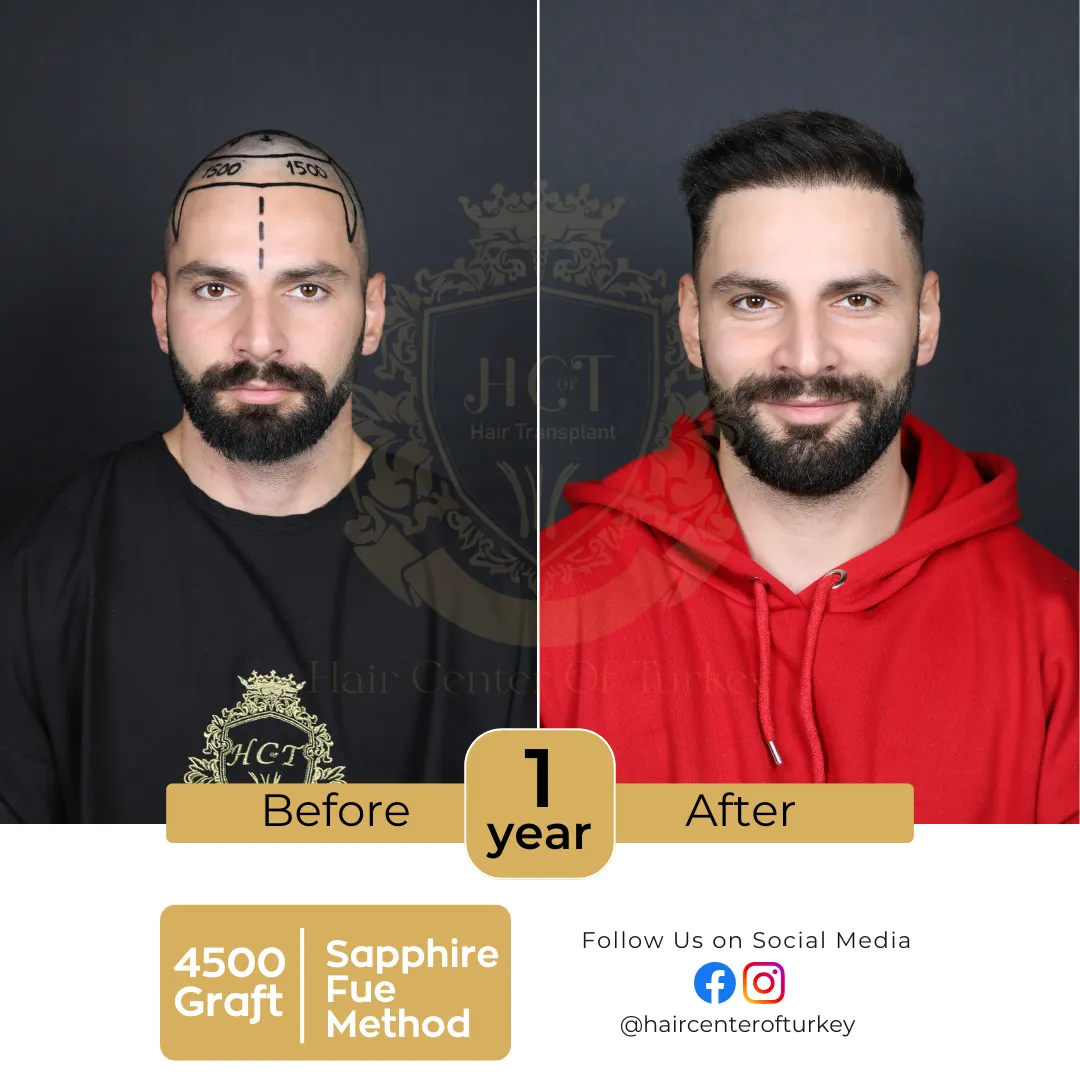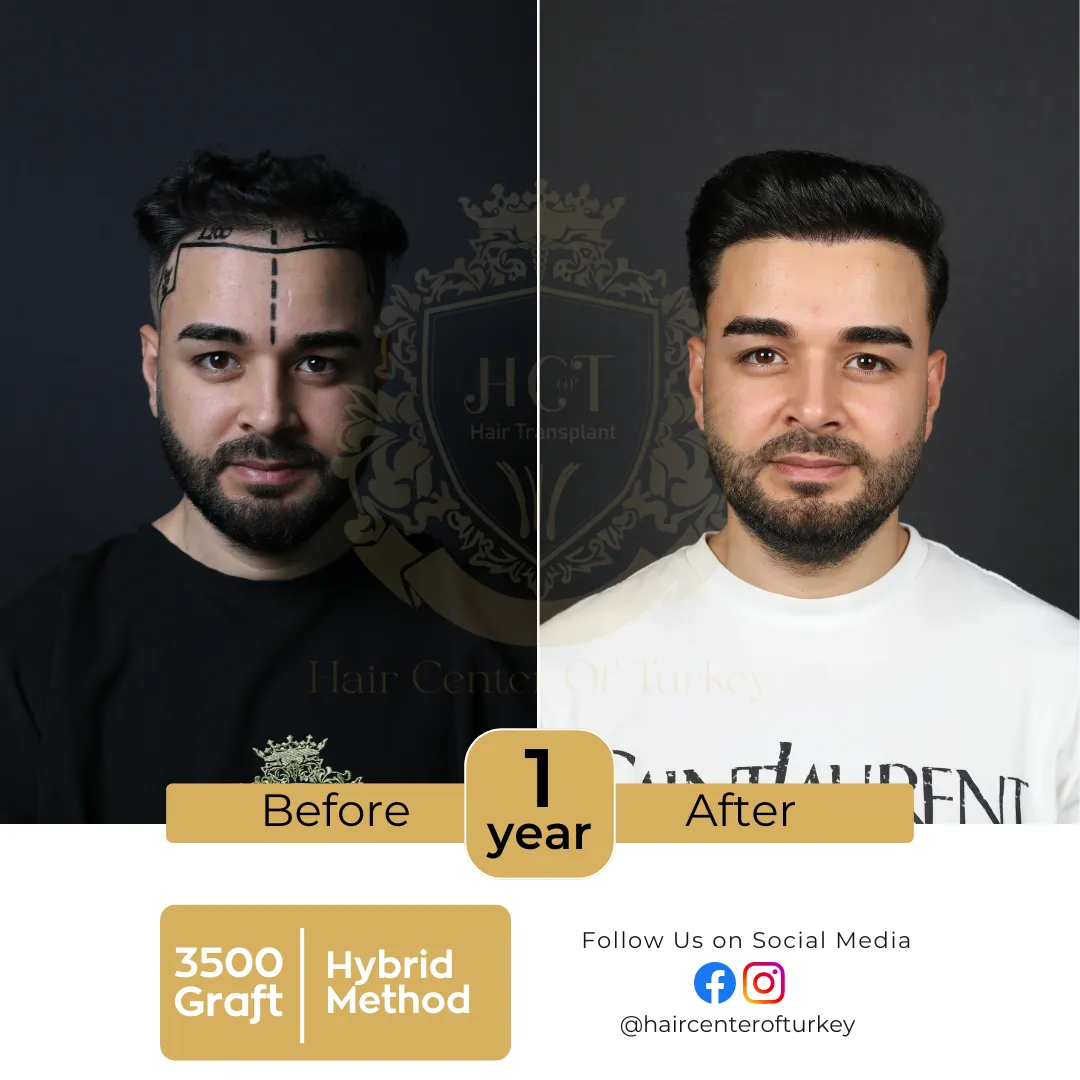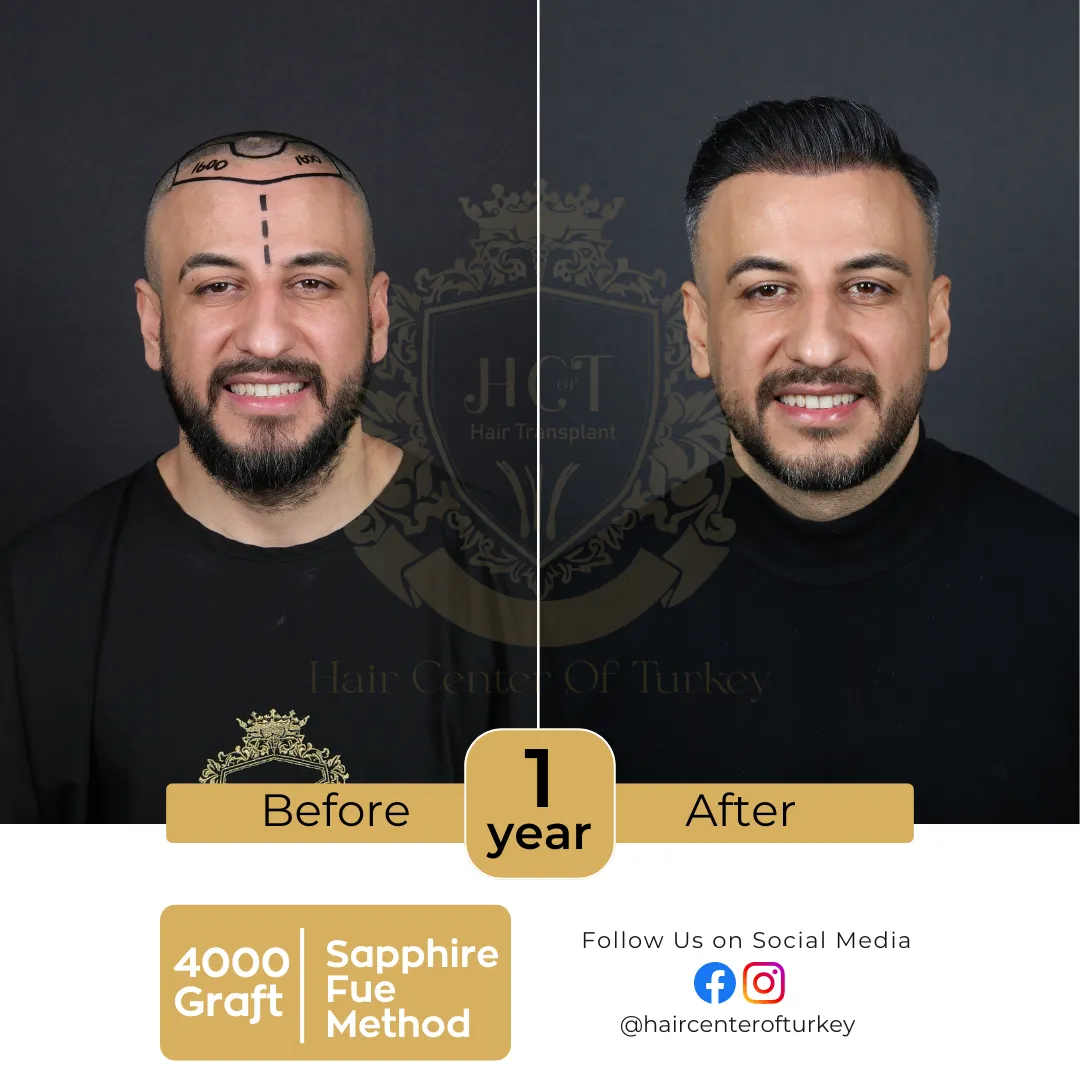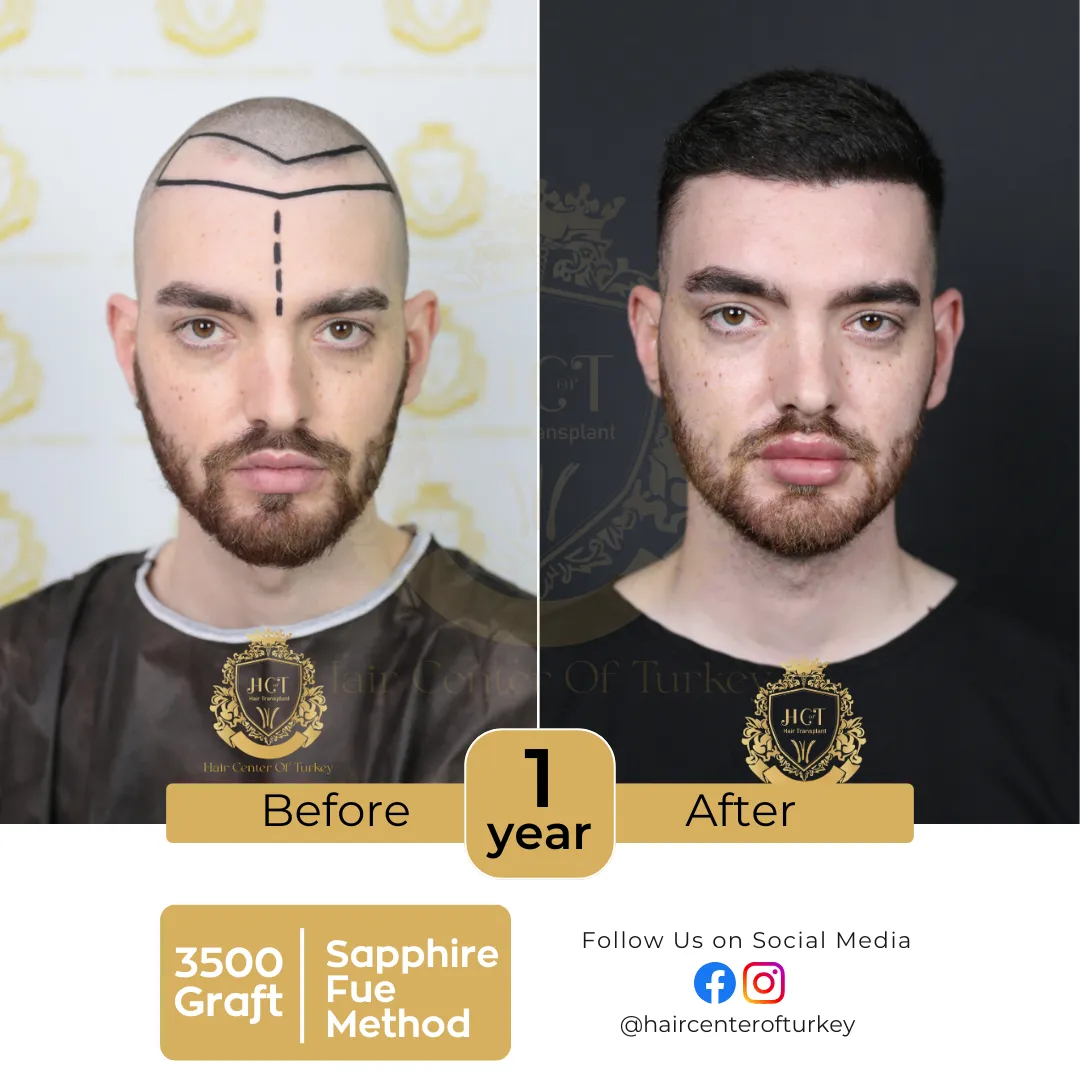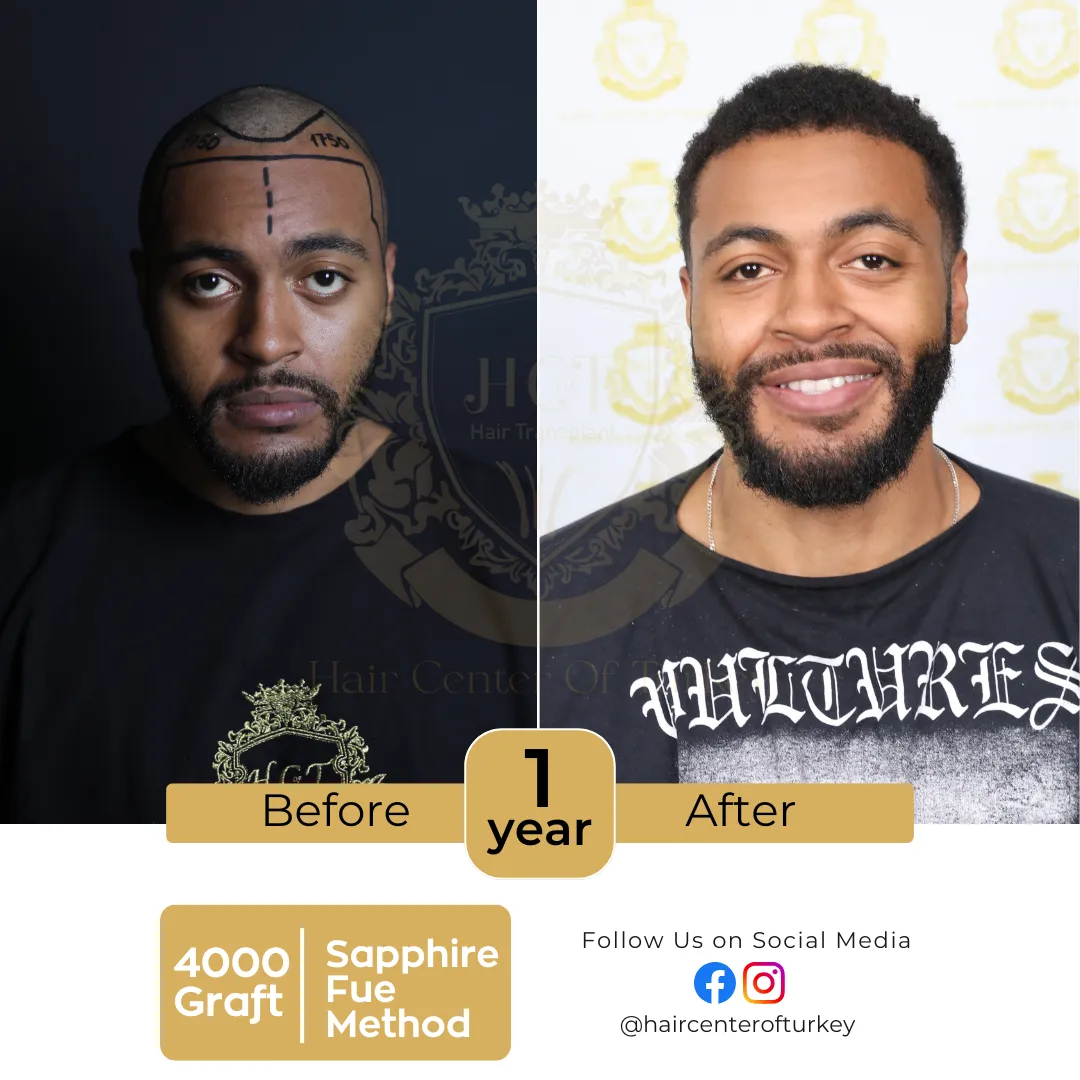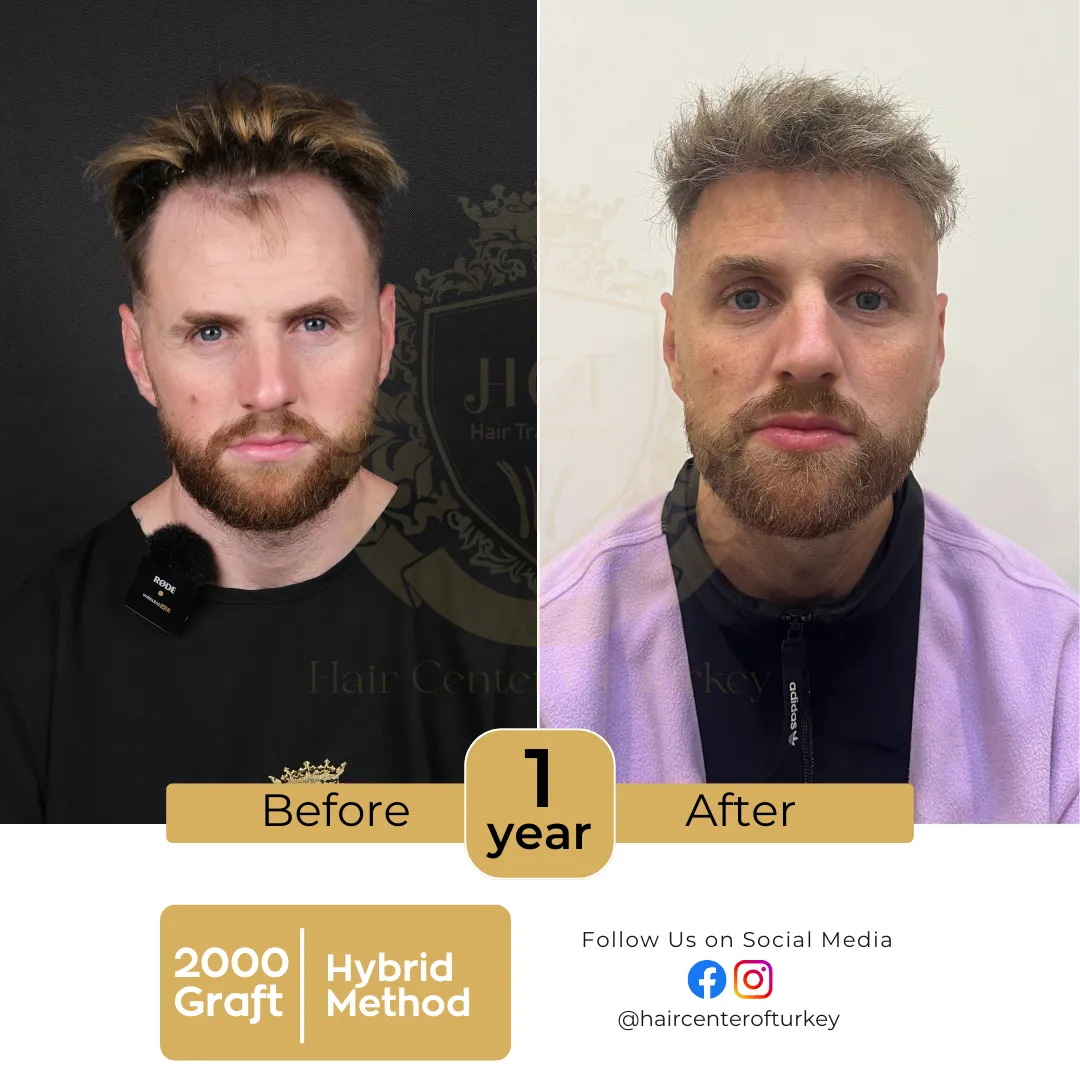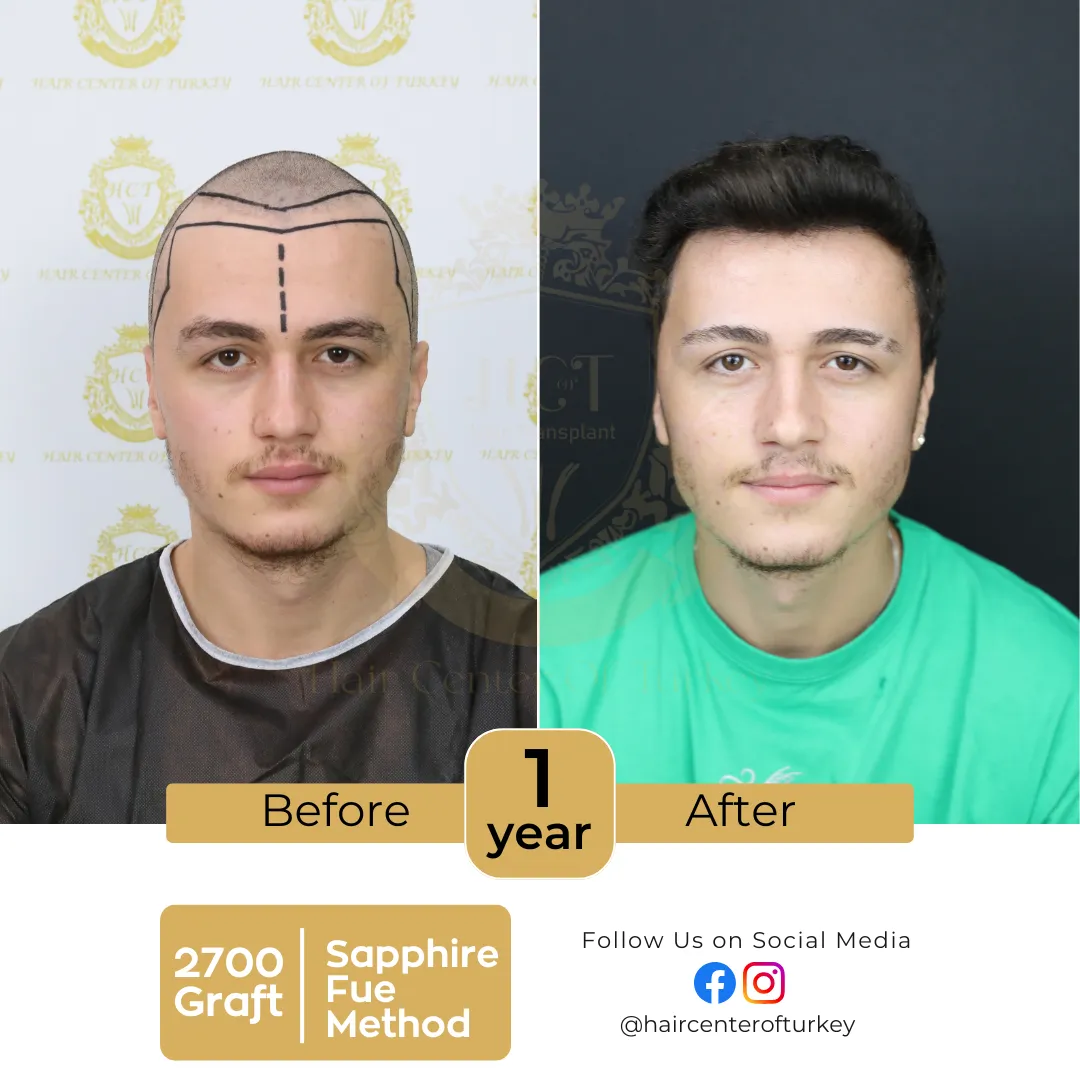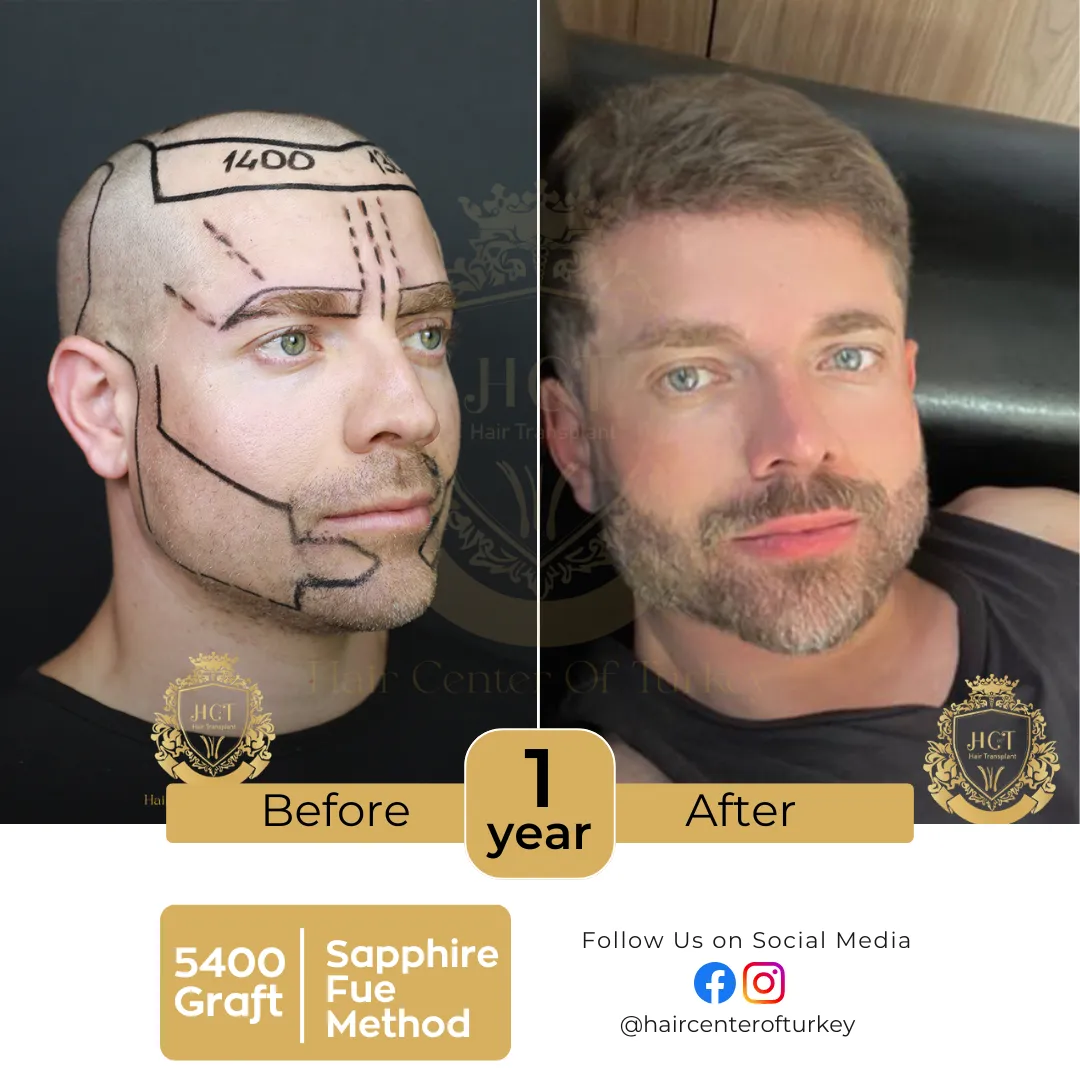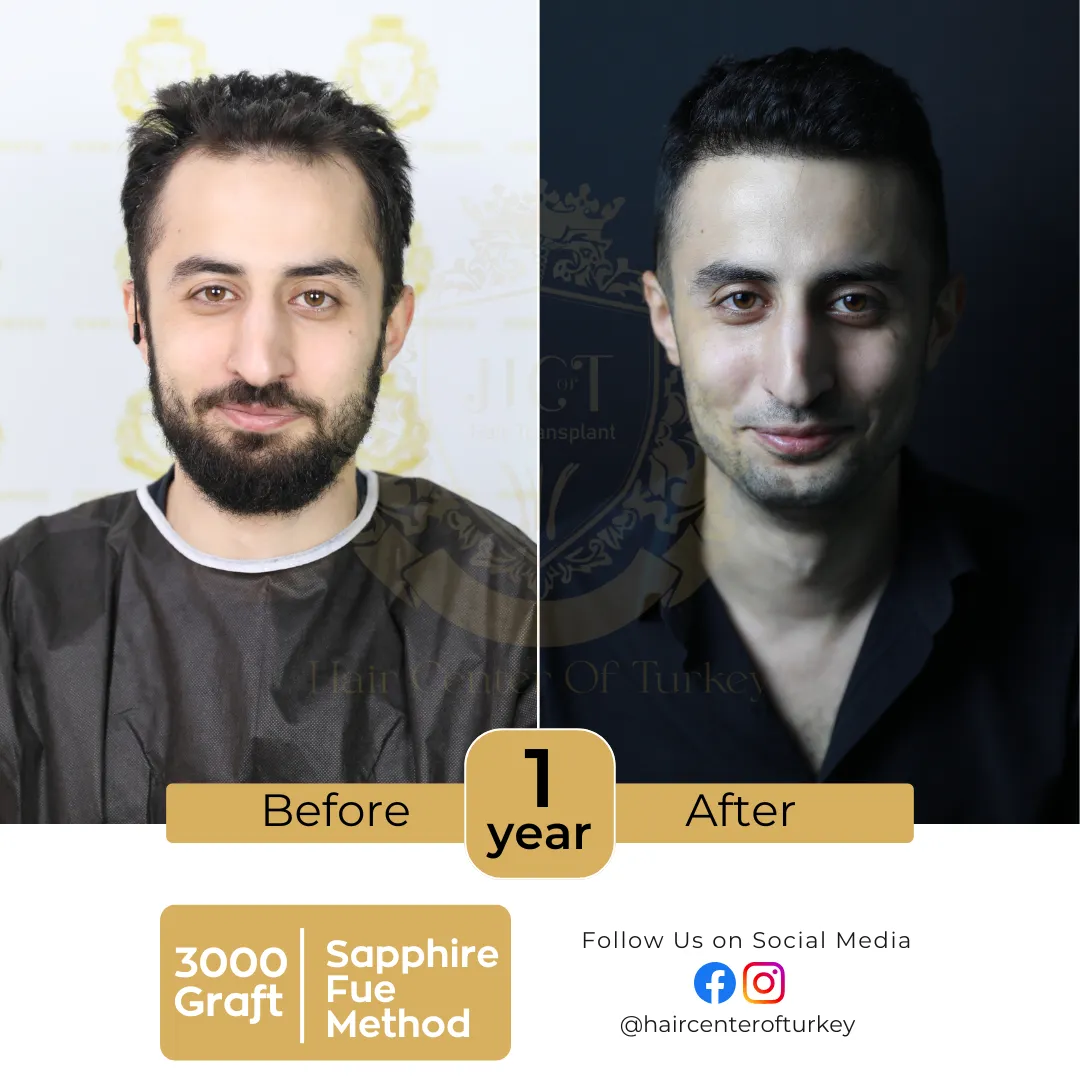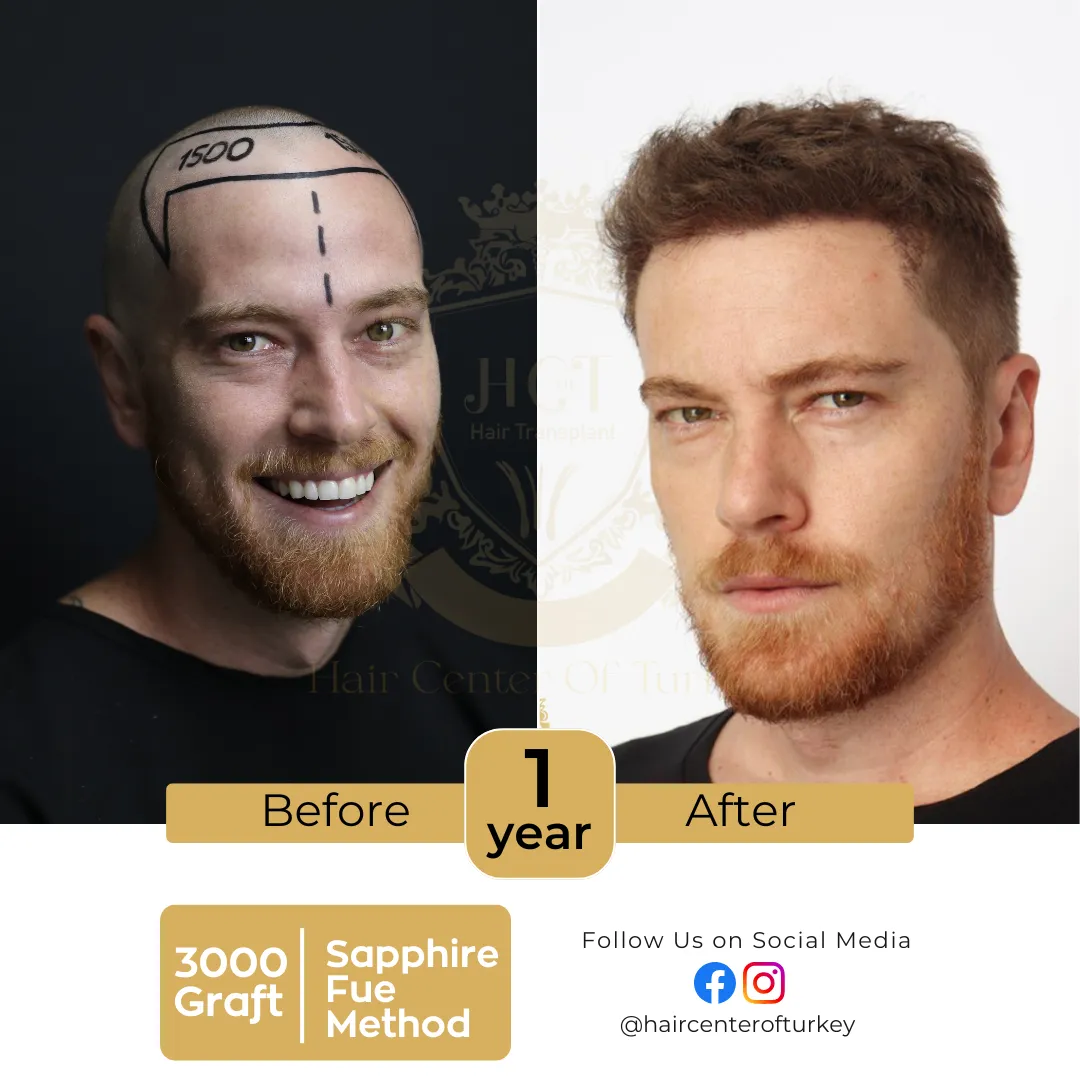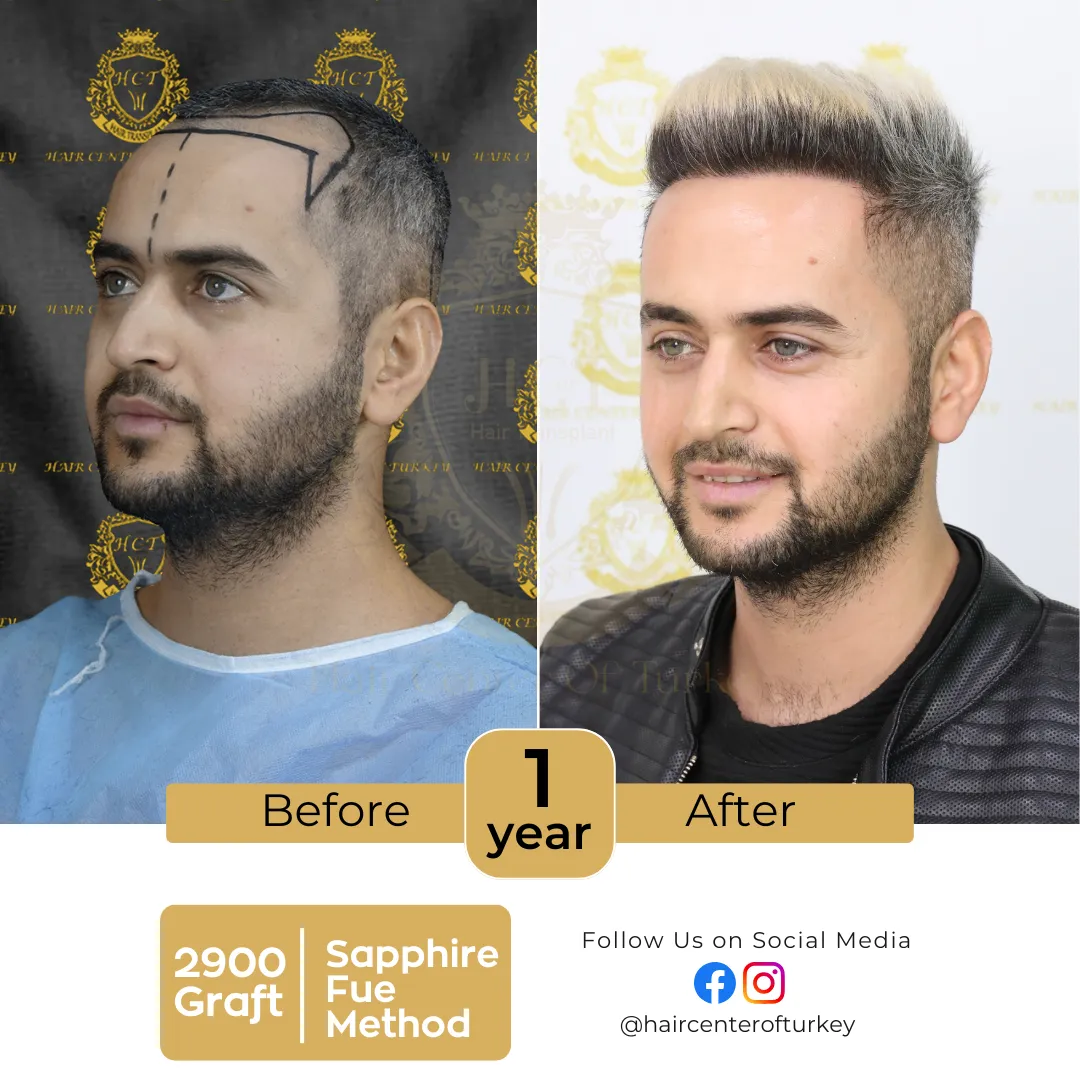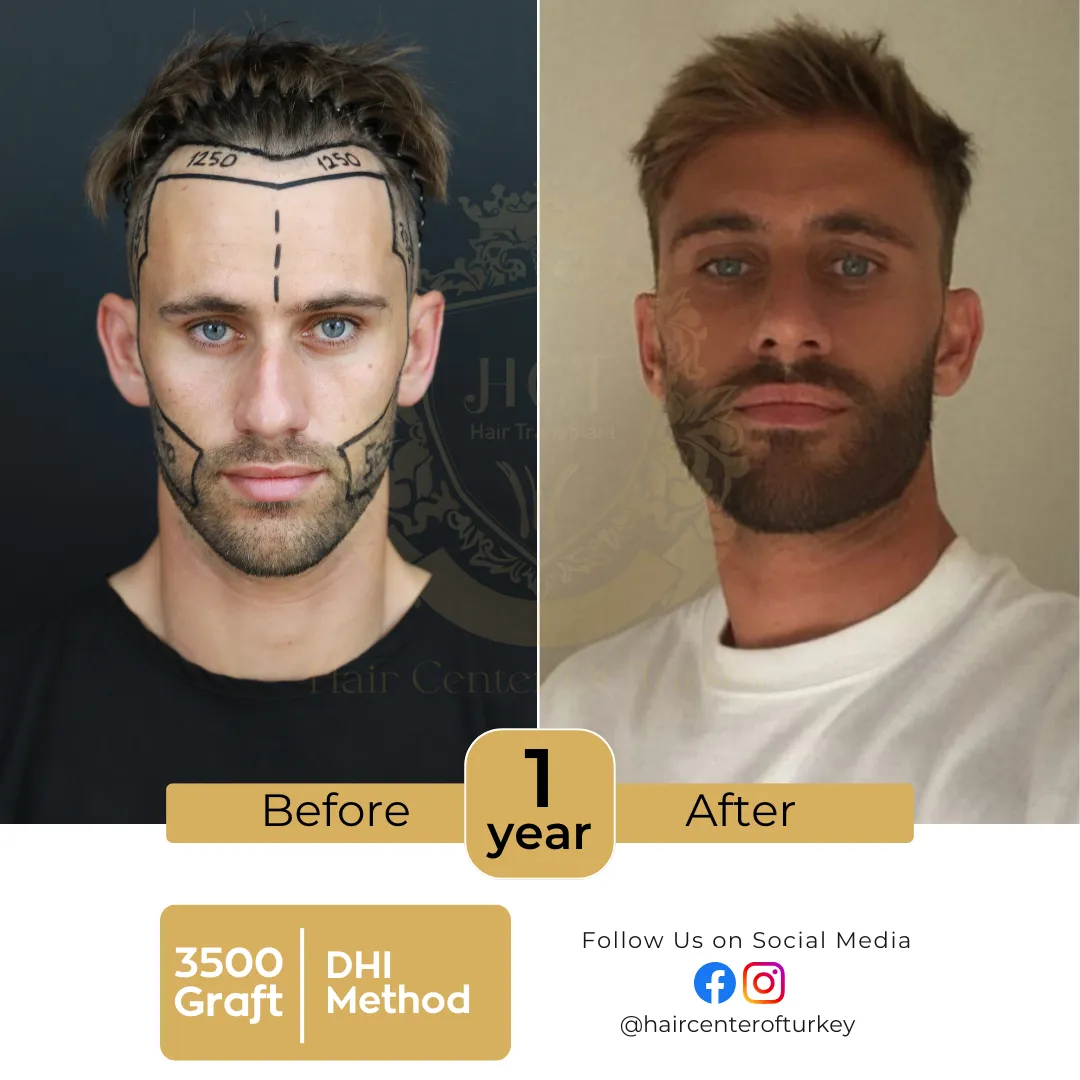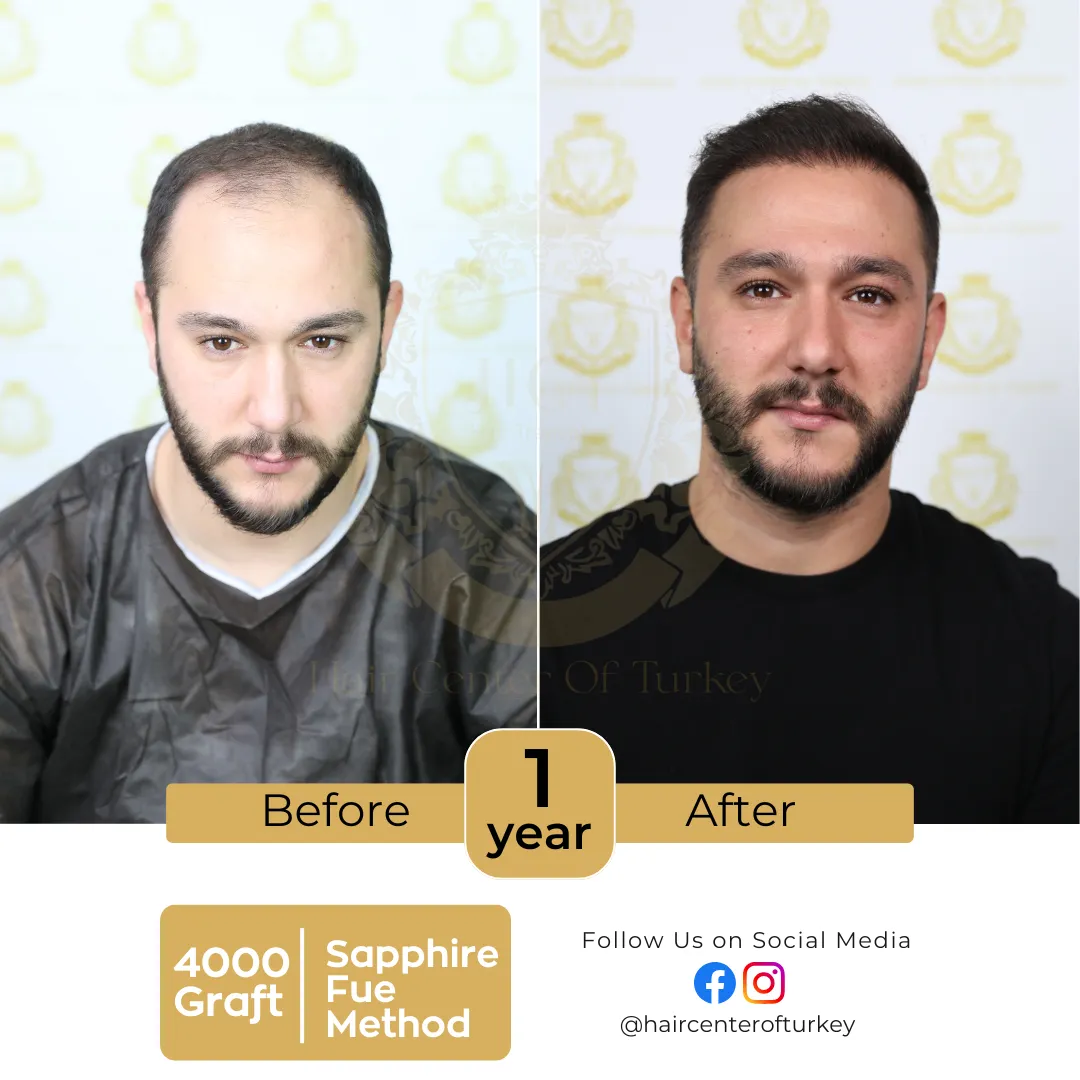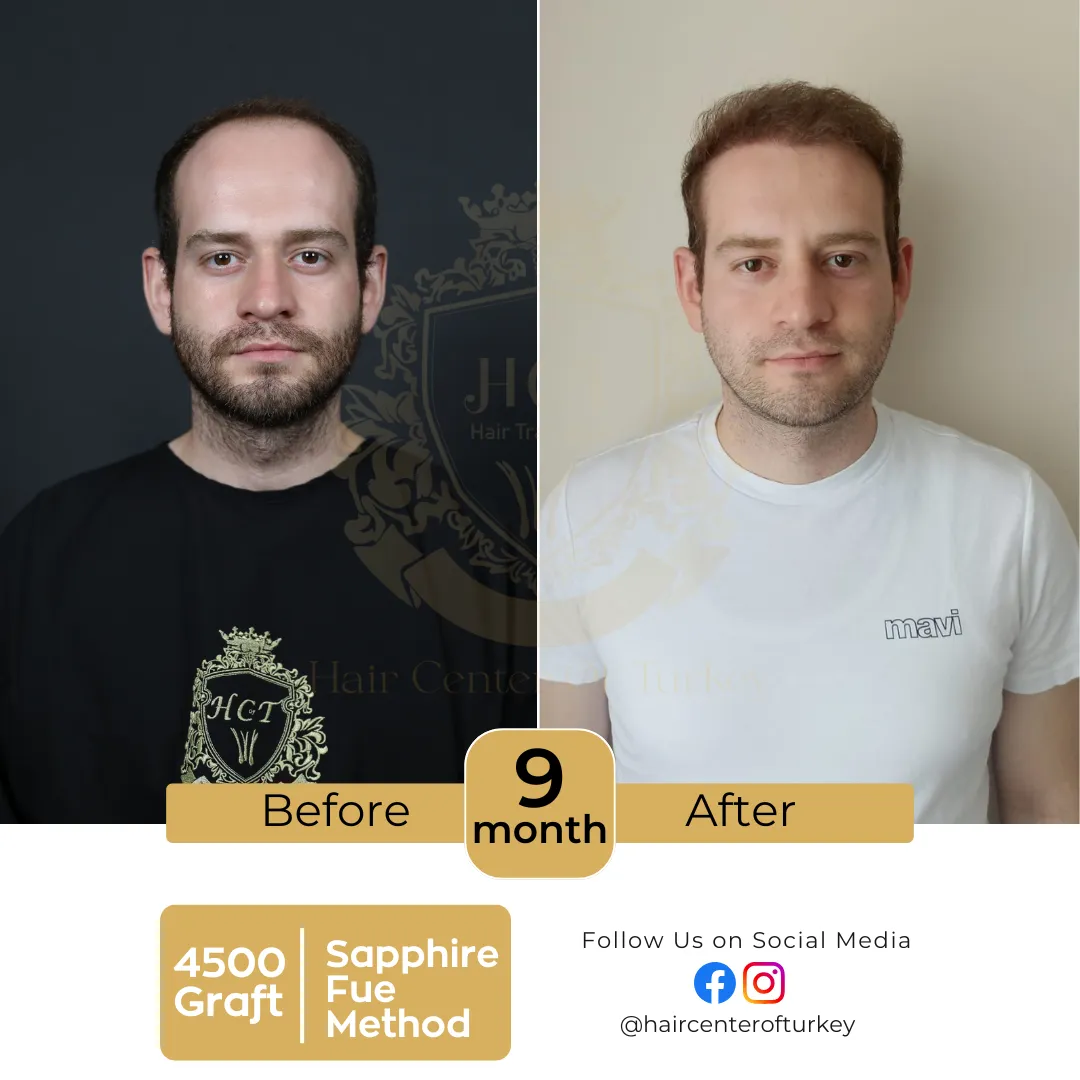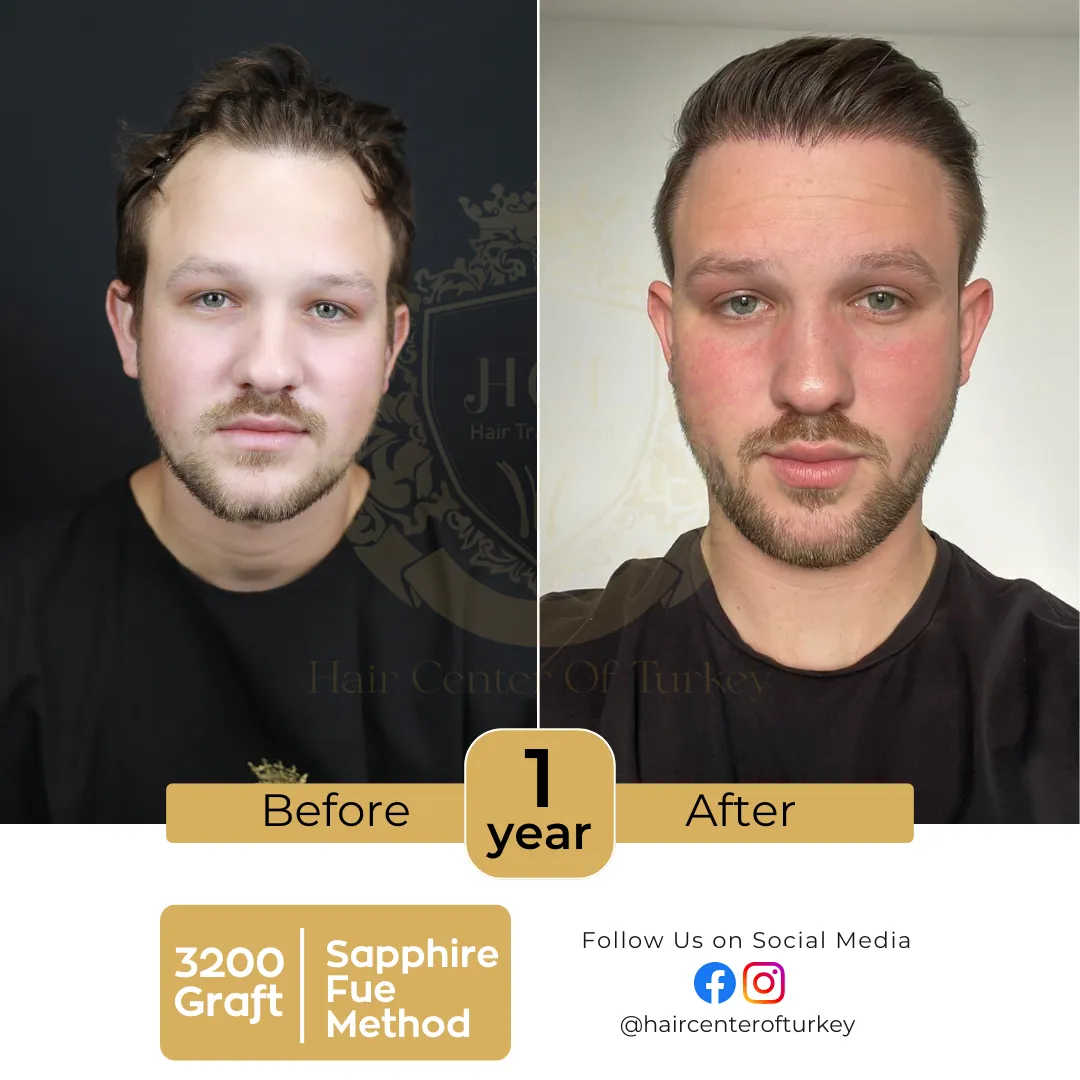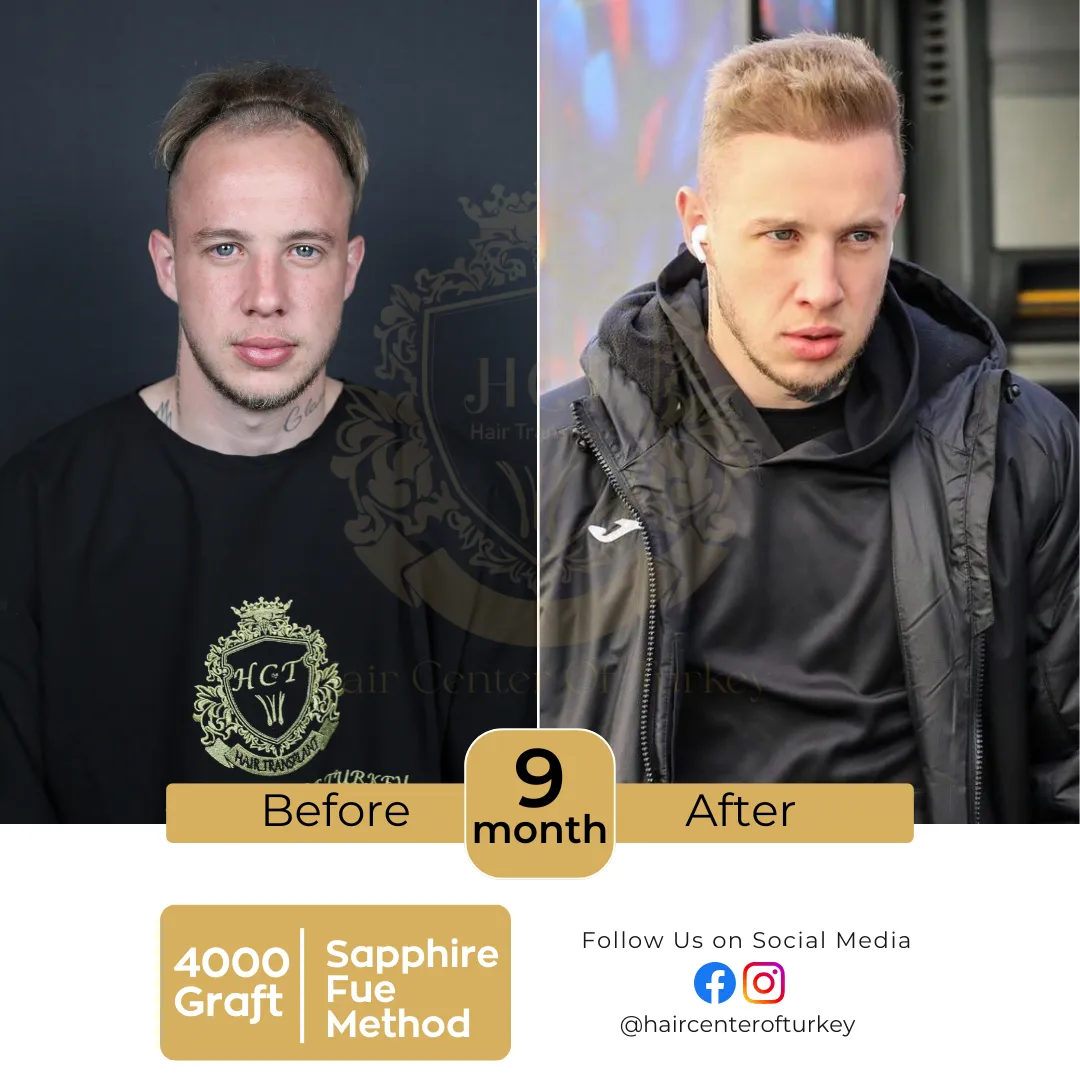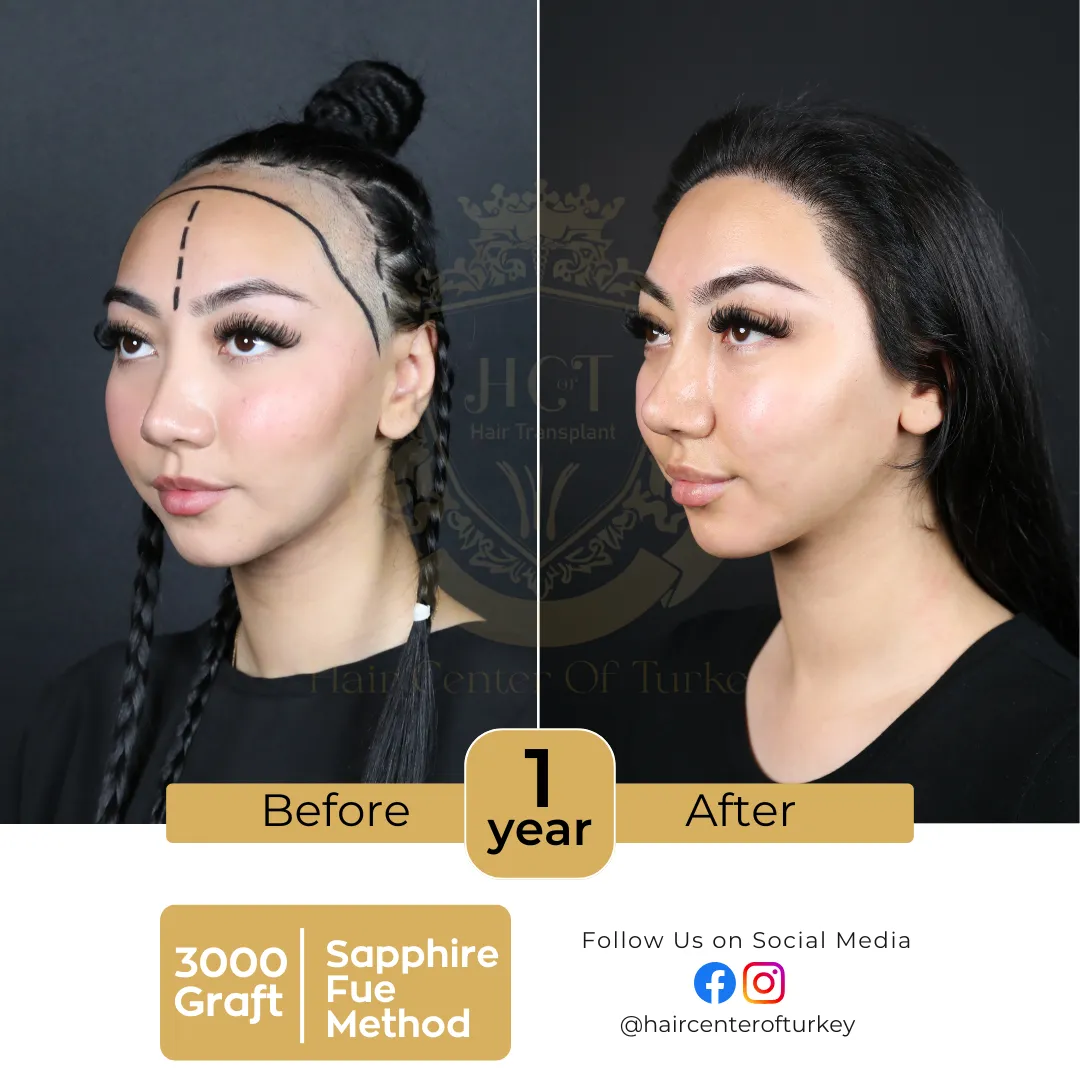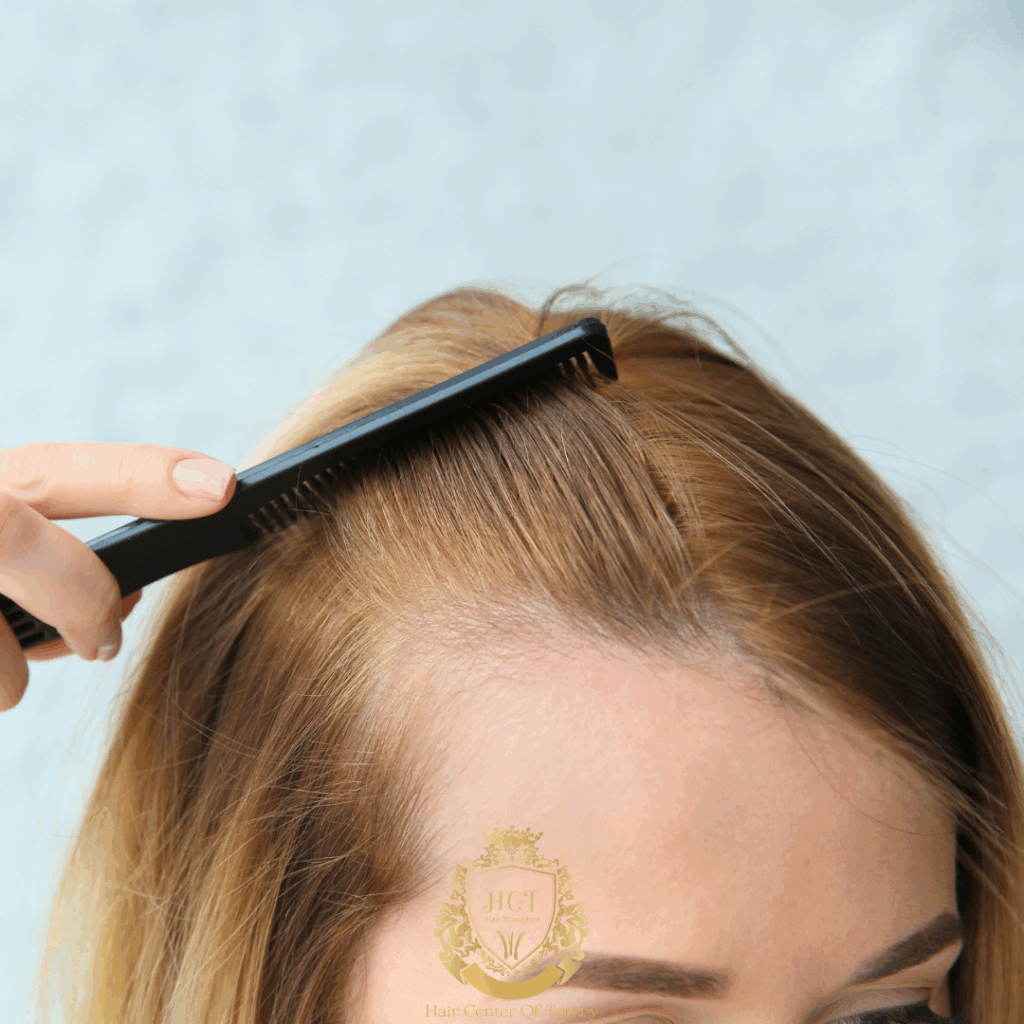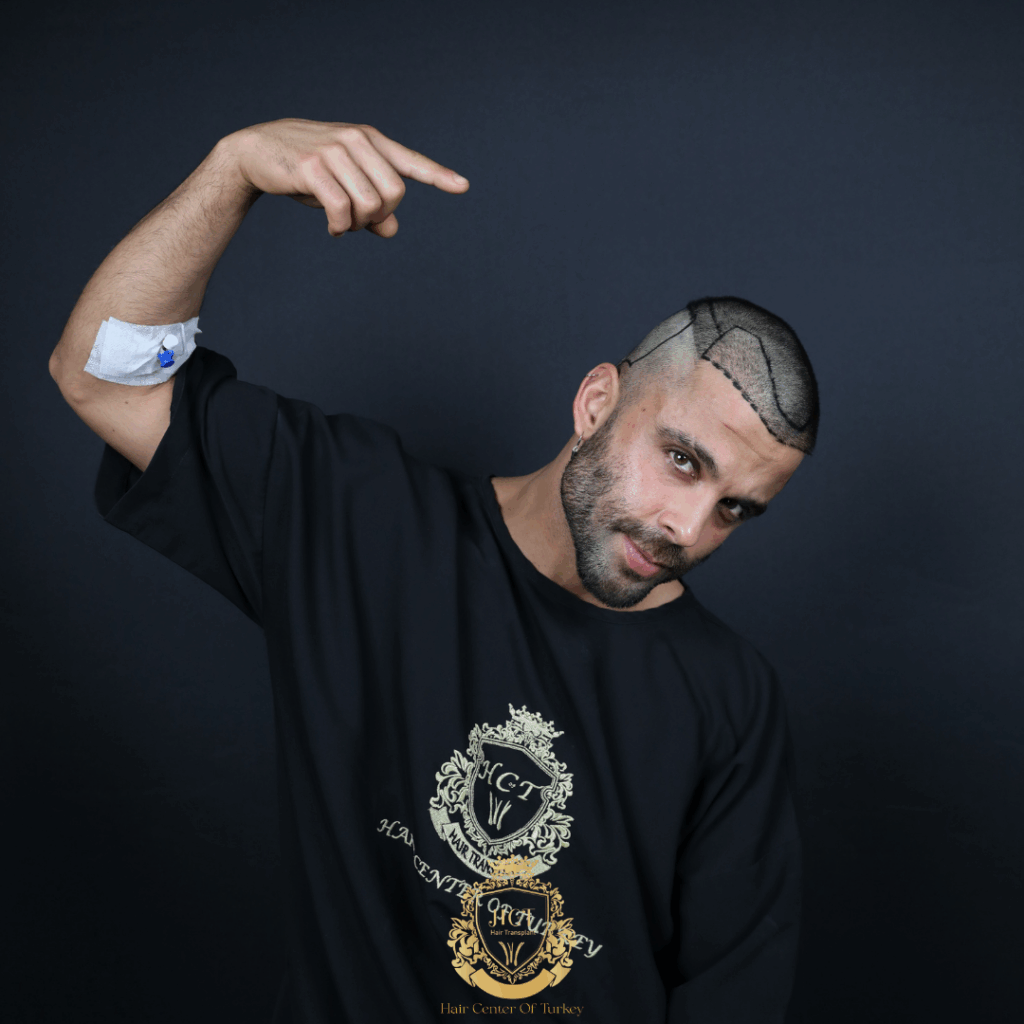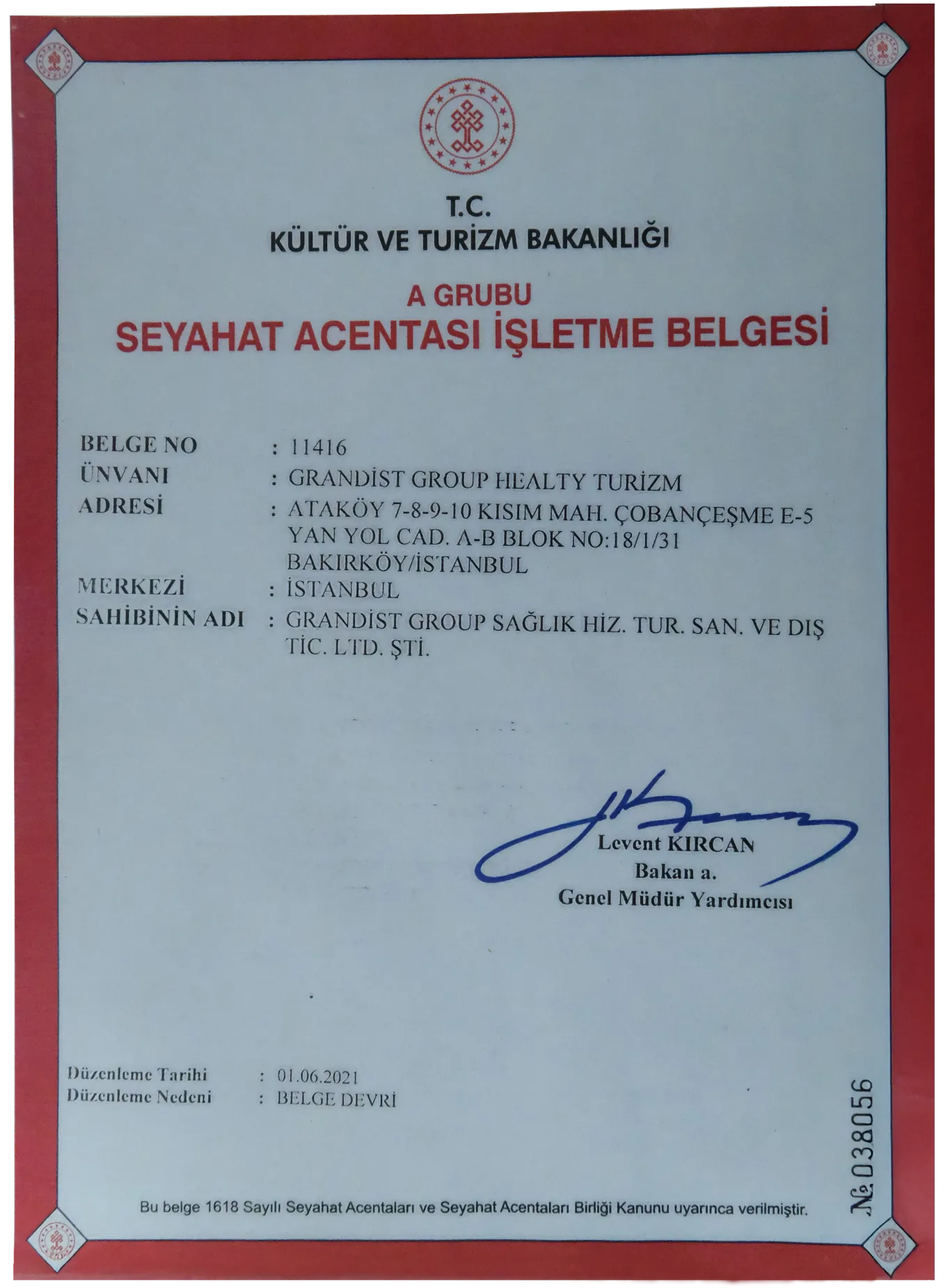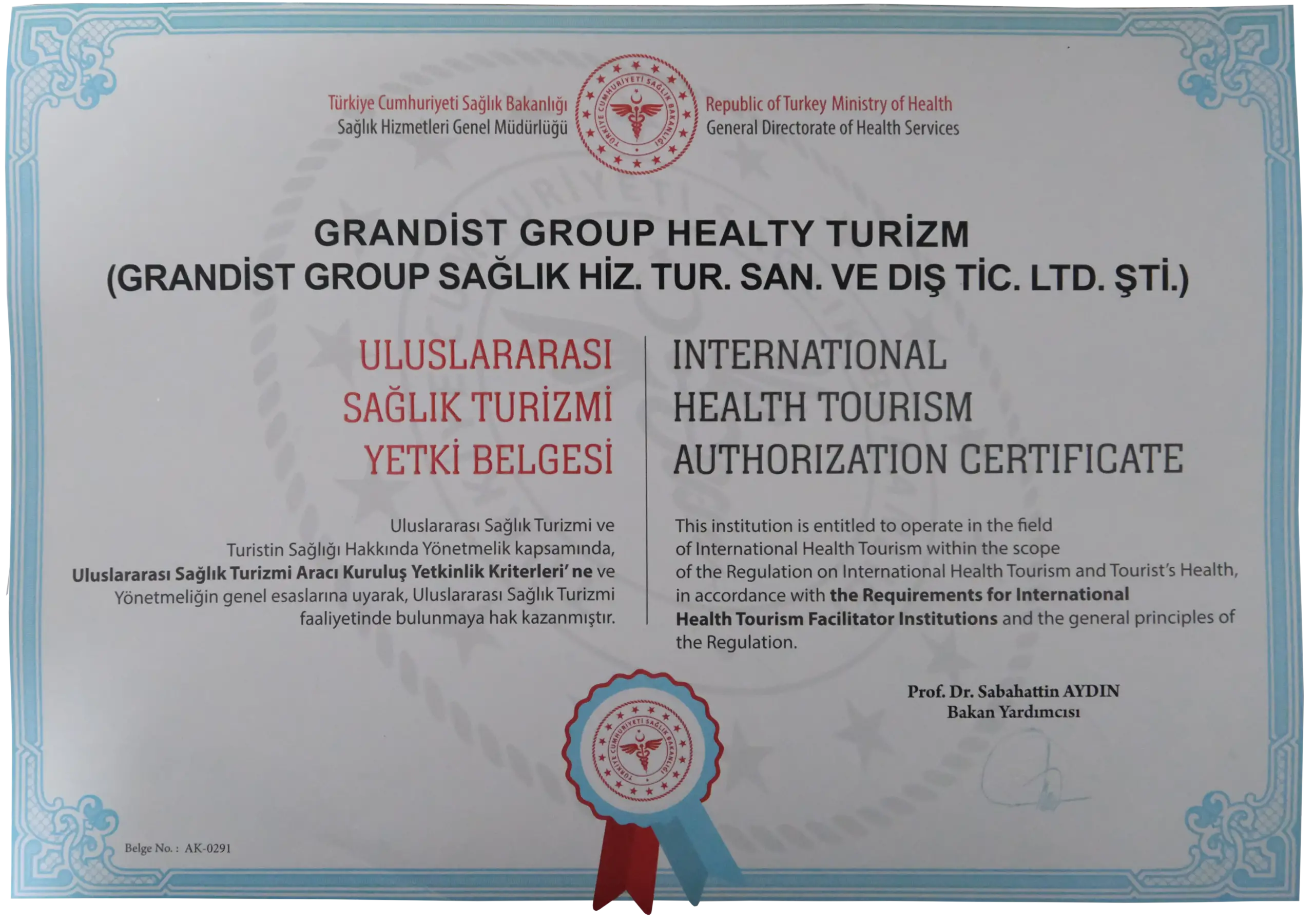Can Elderly People Get a Hair Transplant?
Hair transplantation has become a reliable and widely accepted solution for those struggling with hair loss. Although the majority of patients are middle-aged, an increasing number of elderly individuals are now seeking hair restoration treatments. The common question is: “Can older people get a hair transplant?” The answer is yes. Age by itself is not a limiting factor for hair transplant procedures. Instead, eligibility depends on a combination of physical health, hair characteristics, and scalp condition.
Is There an Age Limit for Hair Transplant Surgery?
There is no official upper age limit when it comes to undergoing a hair transplant. Patients in their 60s, 70s, and even early 80s can be suitable candidates if they meet certain health and hair criteria. A person’s overall health and the quality of their donor hair are far more significant than their age. If someone is physically fit, doesn’t have uncontrolled chronic illnesses, and has a healthy donor area—usually the back of the scalp—they can benefit from hair transplantation. A detailed medical assessment is essential to confirm surgical safety and to create a personalized treatment plan.
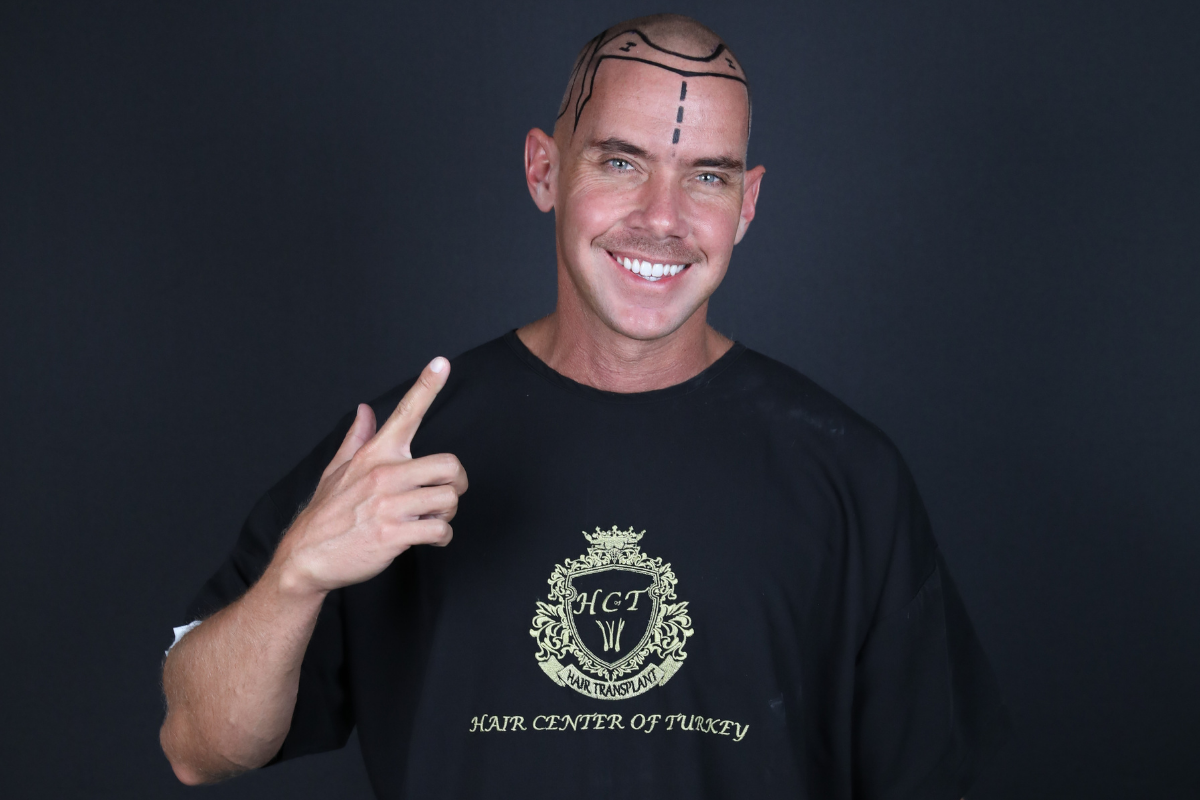
What Factors Matter More Than Age?
When evaluating an elderly candidate, surgeons focus more on the density and strength of the donor hair, the elasticity and condition of the scalp, and the patient’s general medical status. Even patients with conditions like controlled diabetes, hypertension, or mild heart issues can often safely undergo surgery if those conditions are managed properly. Aging skin may be thinner or less flexible, which can make the extraction and implantation of grafts slightly more challenging. However, these issues can usually be addressed with proper technique. It is also important for older patients to have realistic expectations—hair restoration can significantly improve appearance, but the goal is to create a natural, age-appropriate look, not to restore a teenage hairline.
Benefits of Hair Transplantation for Older Adults
Undergoing a hair transplant later in life can offer both emotional and aesthetic benefits. Many older adults experience a boost in self-esteem and social confidence after restoring their hair. The improvement in appearance can also help them feel more youthful and energized. Thanks to modern techniques such as FUE (Follicular Unit Extraction) and DHI (Direct Hair Implantation), results are more natural than ever, with minimal scarring and faster recovery times. Transplanted hair grows permanently and requires no special maintenance, making it a low-effort, long-lasting solution.
Medical Evaluation and Safety Considerations
Before scheduling surgery, elderly patients are carefully evaluated through a series of medical checks. These include blood tests to assess glucose, cholesterol, liver and kidney function, and clotting factors. Cardiac assessments are often performed, especially for those with a history of heart issues. Doctors also review all current medications to avoid complications. This thorough preparation helps ensure a smooth and safe procedure. If necessary, treatment plans can be adjusted to accommodate the patient’s health profile, and the use of local anesthesia is typically safe and well tolerated.

Recovery and Healing in Older Patients
Recovery timelines for elderly patients are slightly different from those of younger individuals. The scalp may take a bit longer to heal due to reduced blood flow and slower skin regeneration, but with proper care and adherence to post-operative instructions, healing is usually uncomplicated. Most patients recover from redness and scabbing within 7–10 days, and new hair starts to grow within 3–4 months. Full results are typically seen between 10 to 12 months post-surgery.
Risks and Myths About Elderly Hair Transplantation
Like any surgical procedure, hair transplantation carries some risks, including sensitivity to anesthesia, delayed healing, or potential medication interactions. However, these can be effectively managed in the hands of experienced professionals. It’s also important to address common misconceptions. Many older adults wrongly believe they’re too old or that results won’t look natural. In reality, with proper planning and skilled execution, elderly patients can achieve subtle, age-appropriate, and satisfying outcomes.



